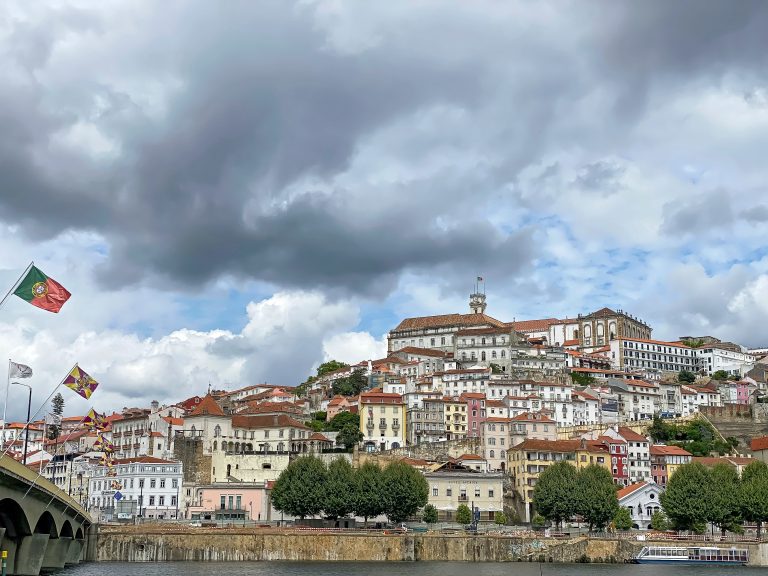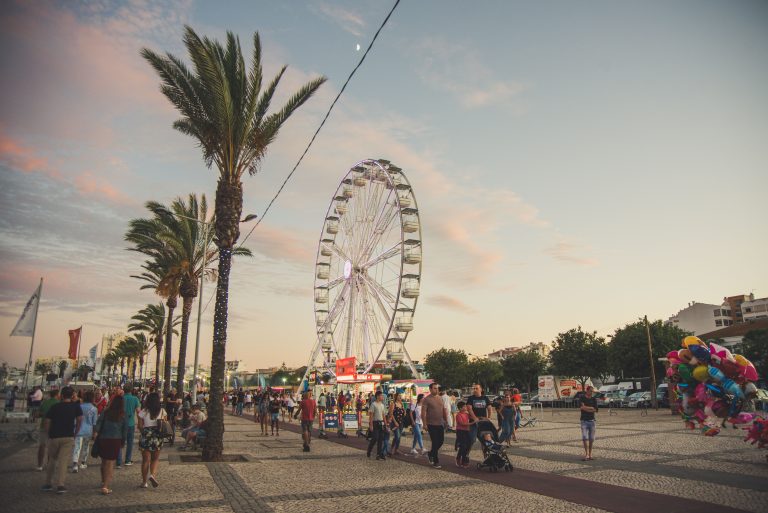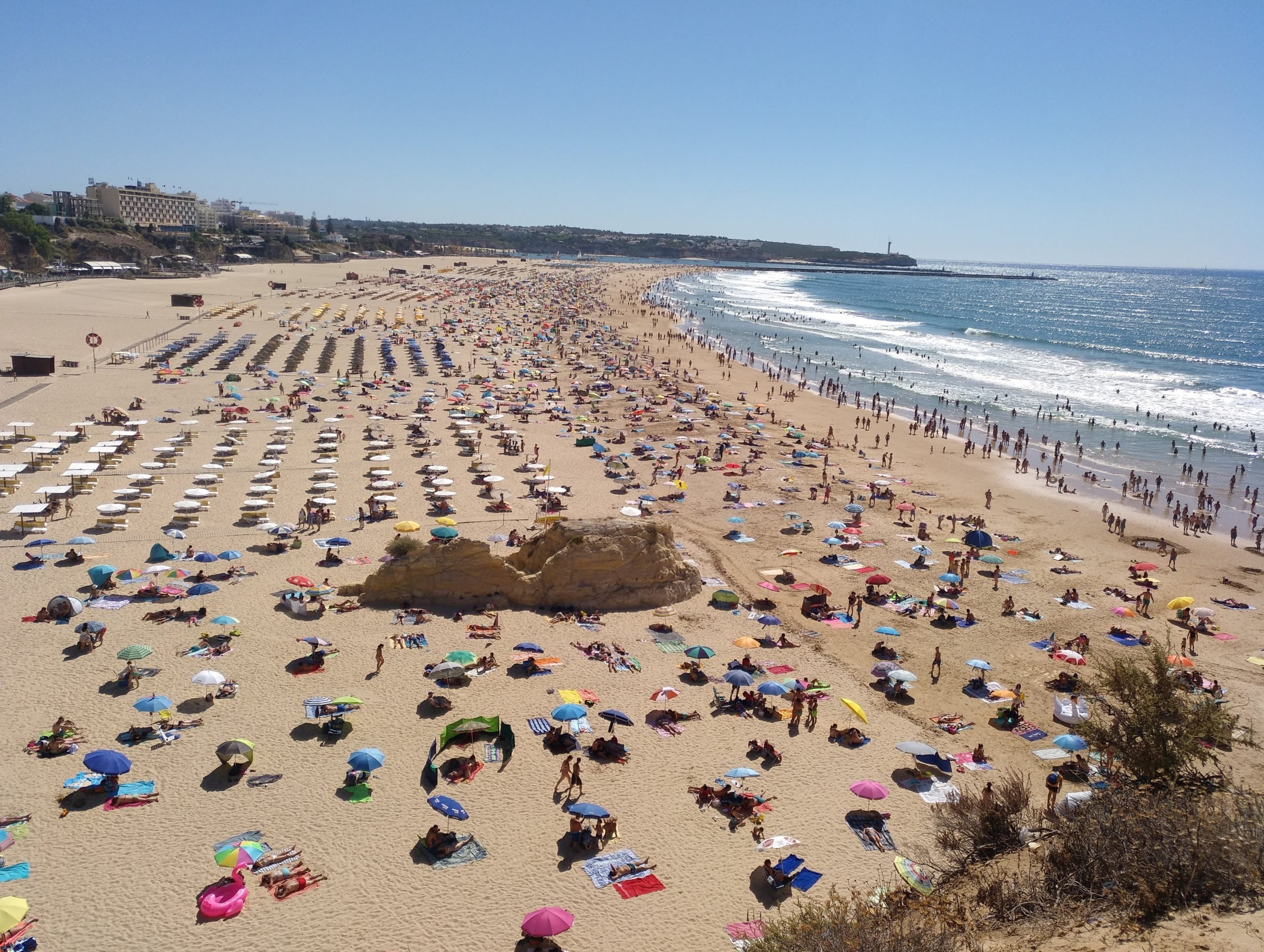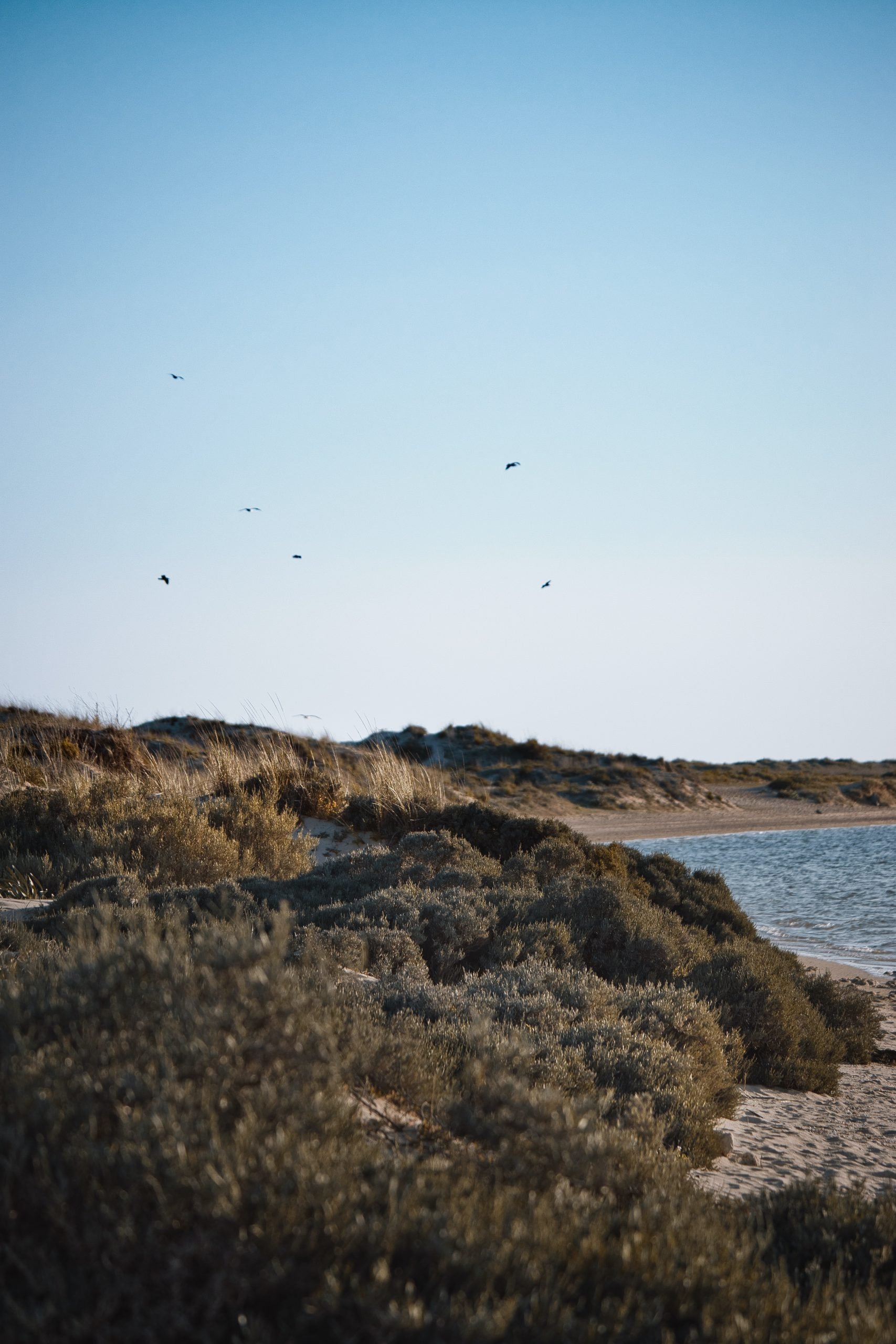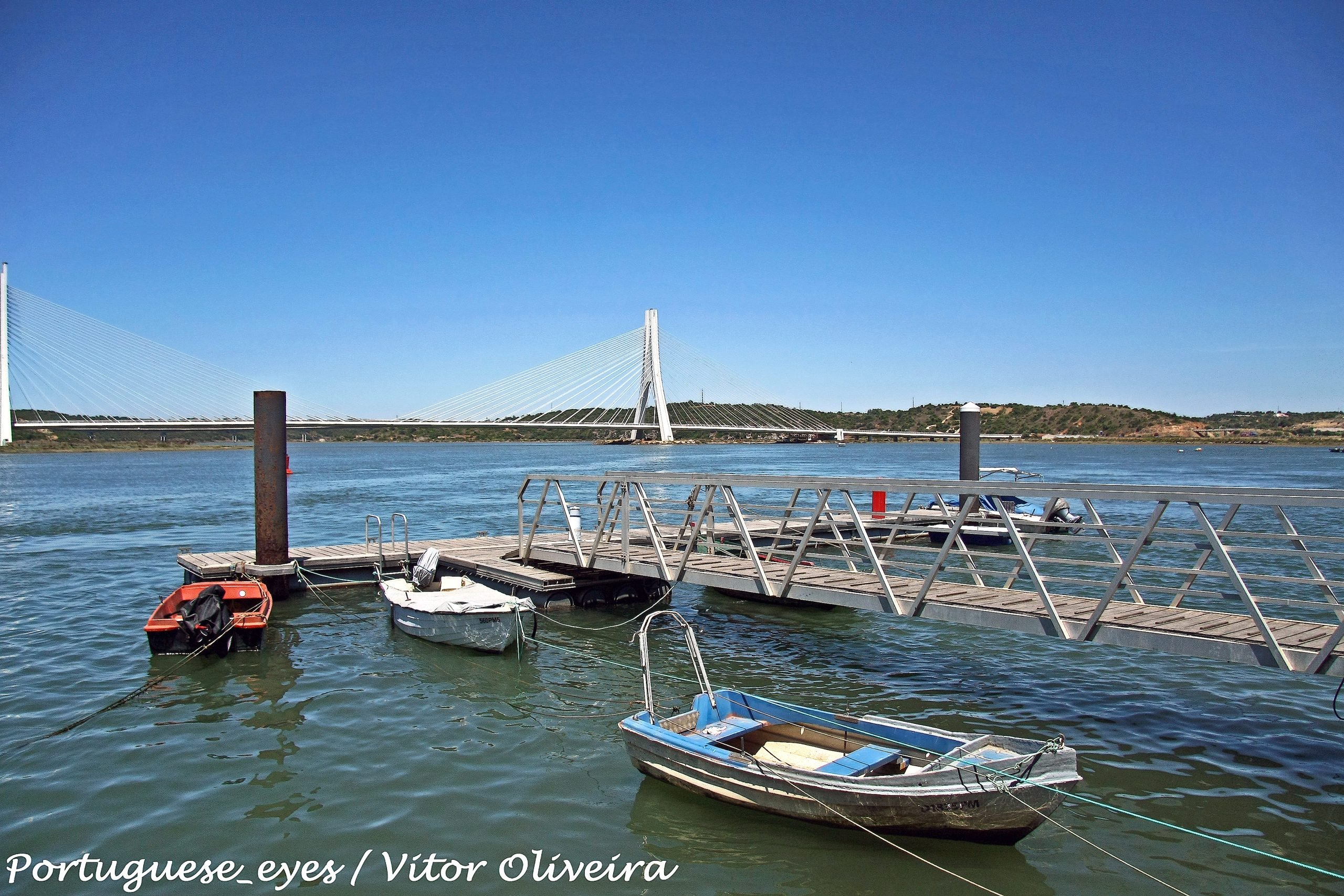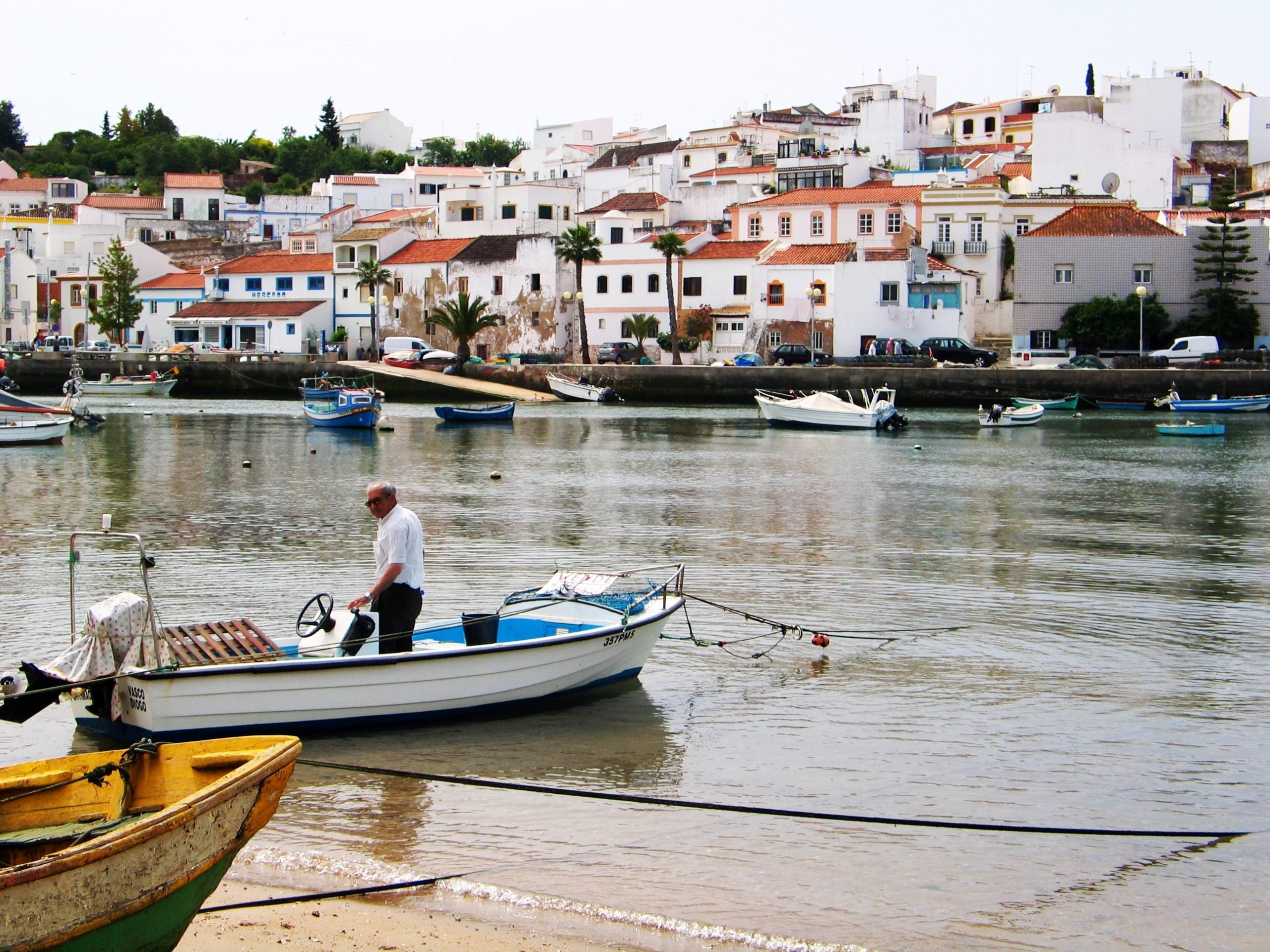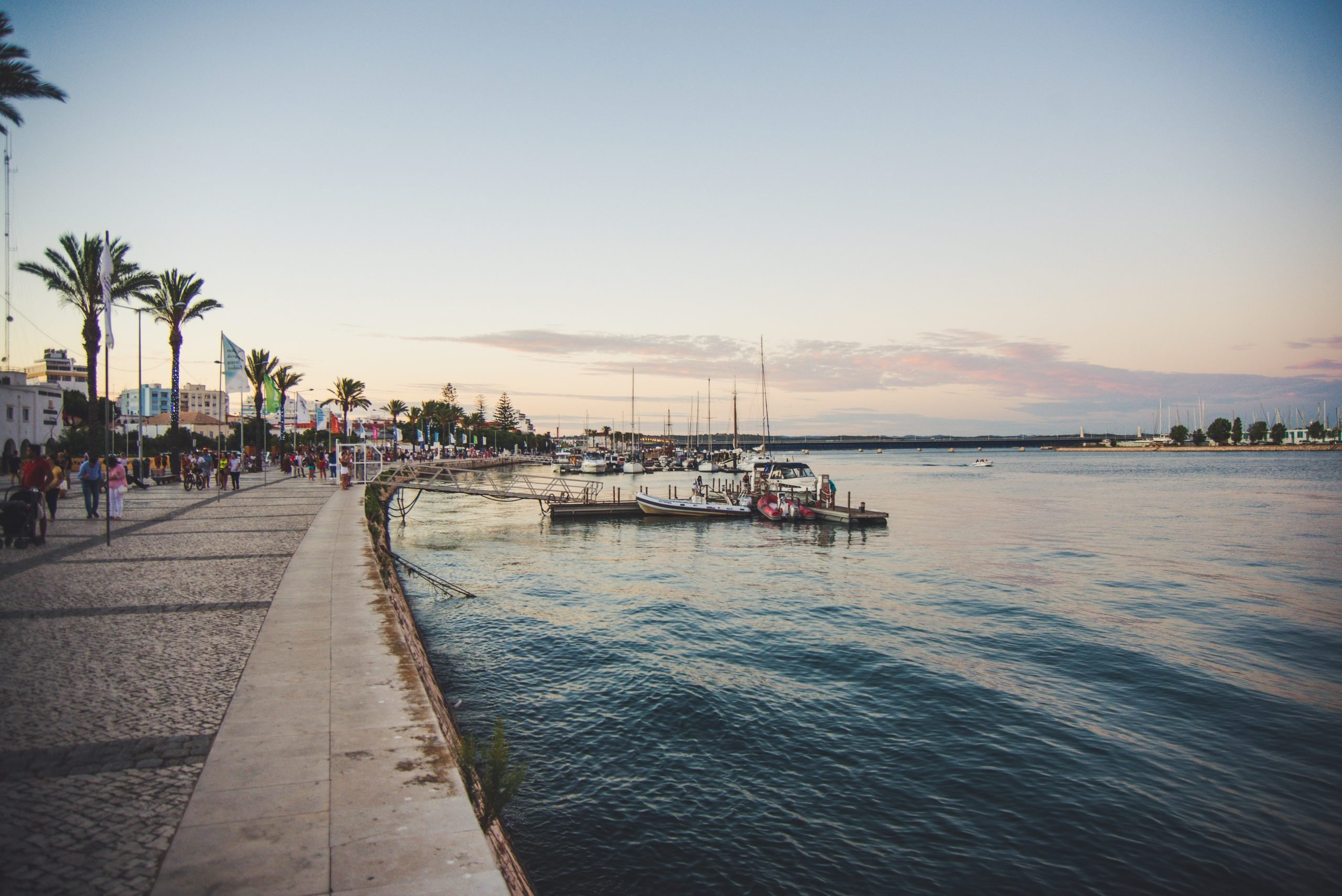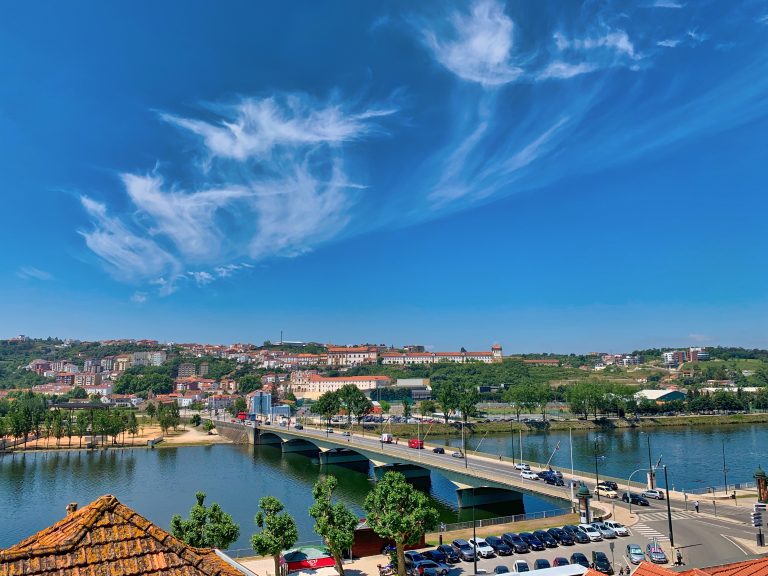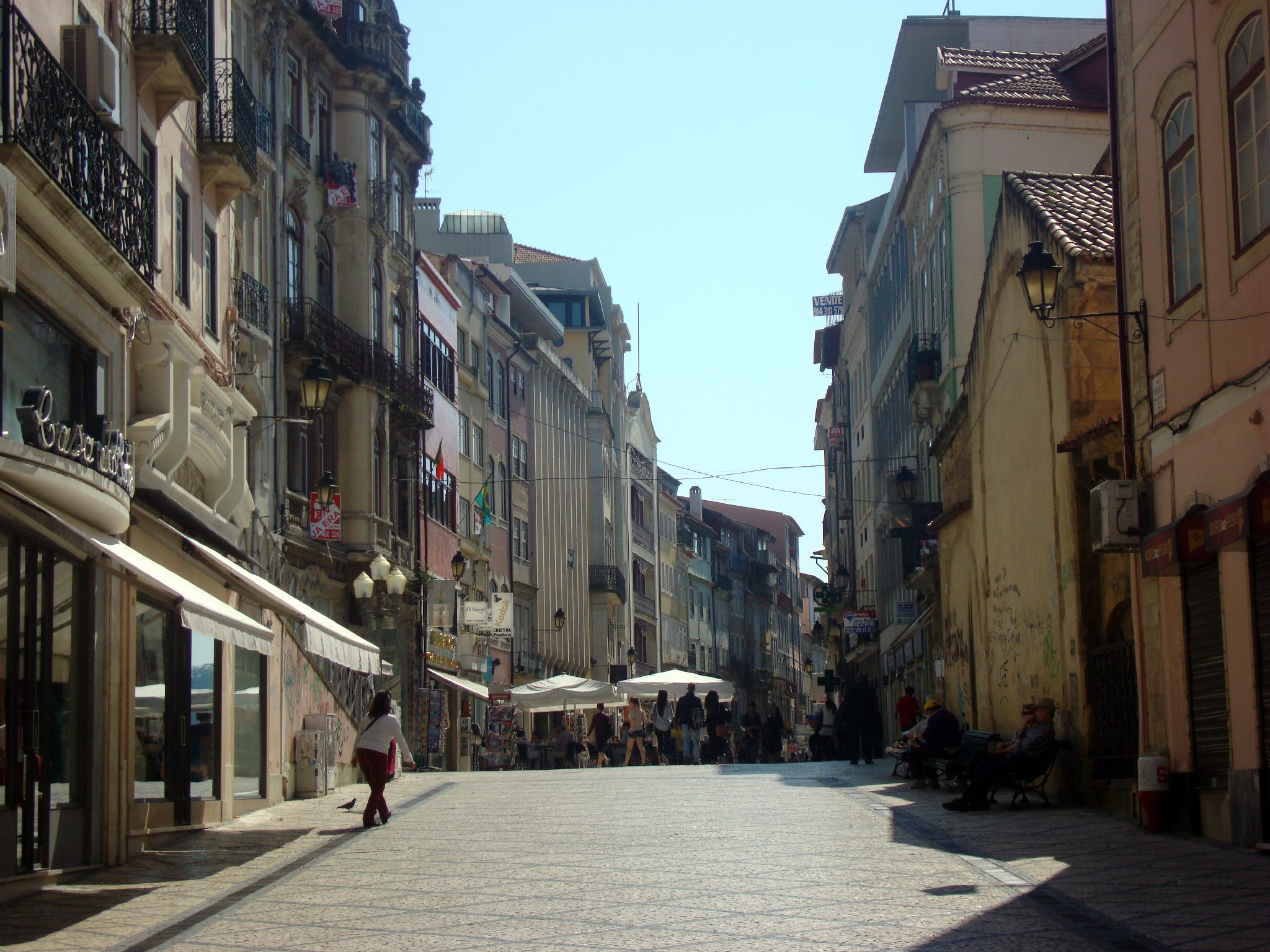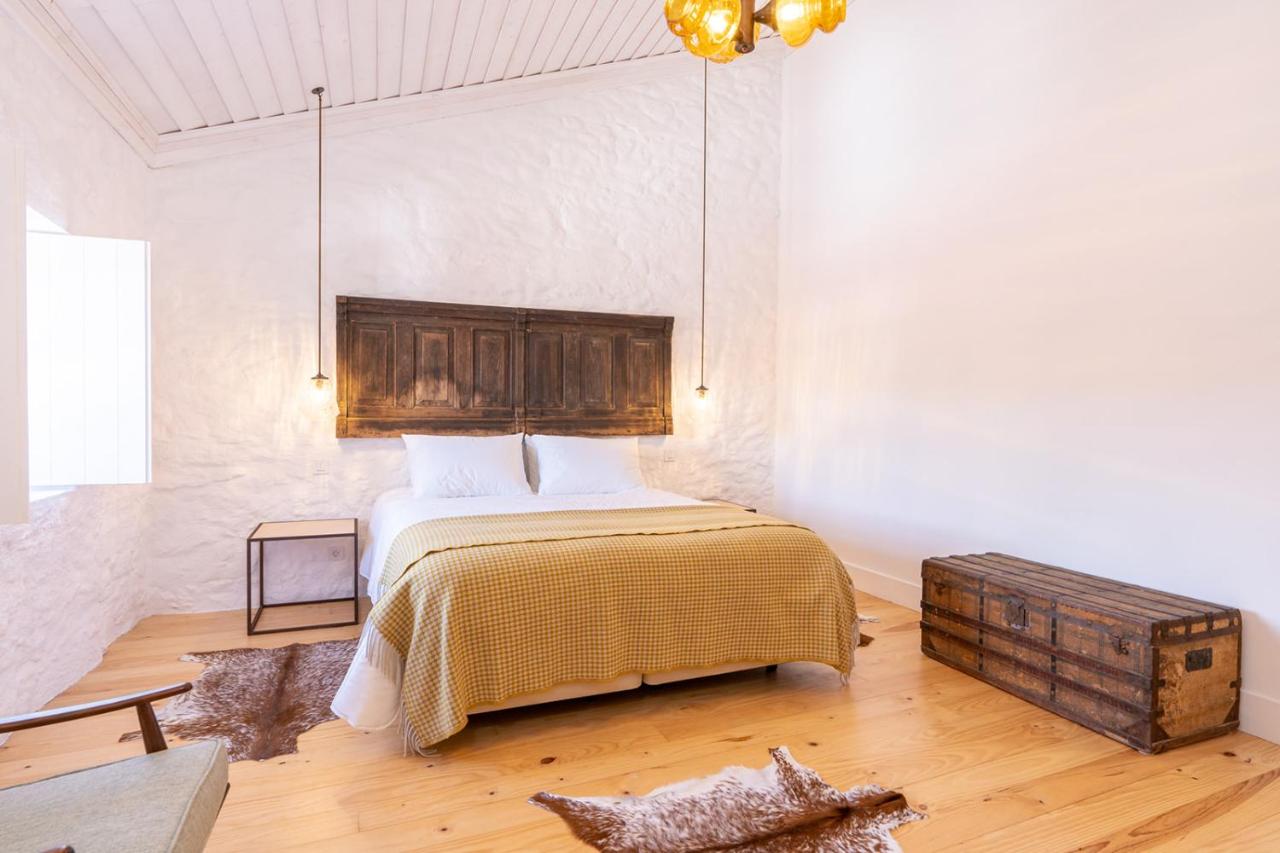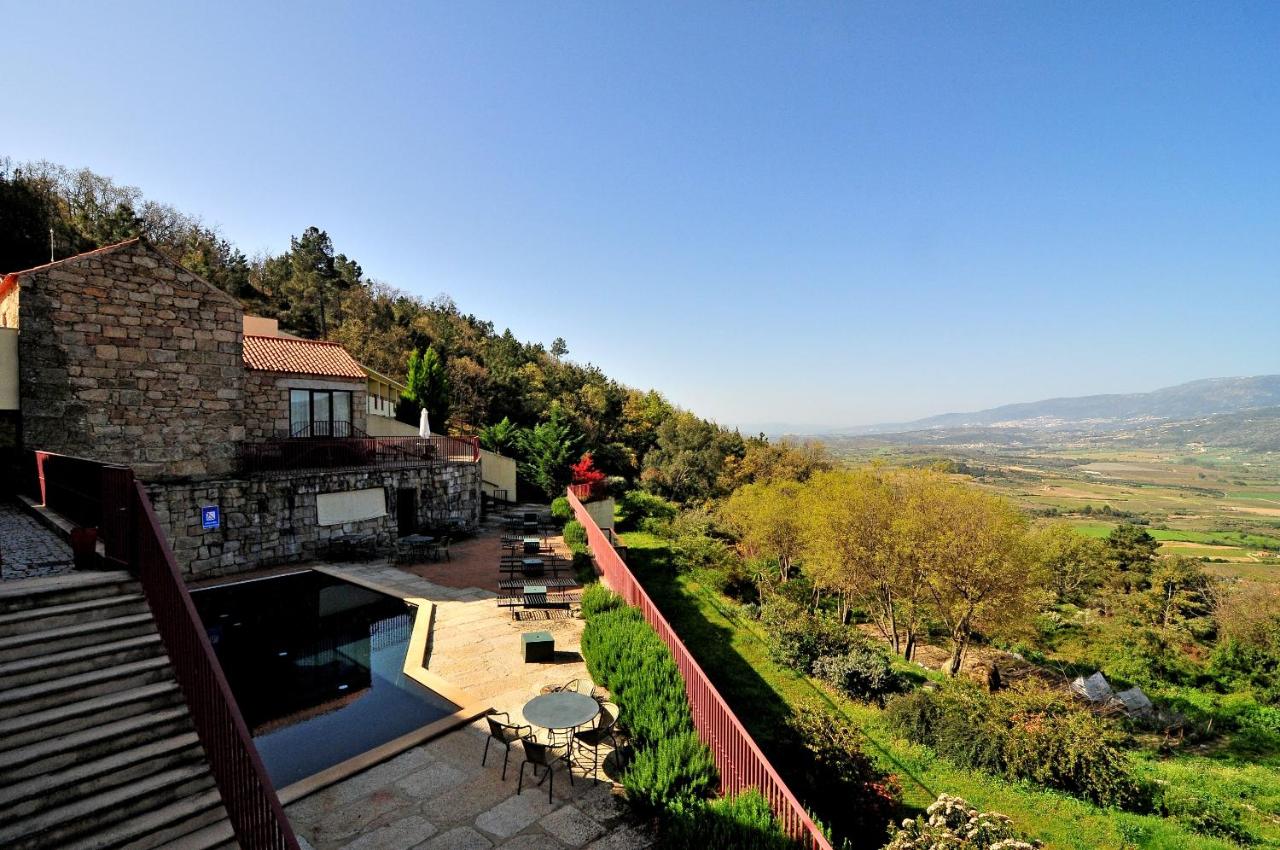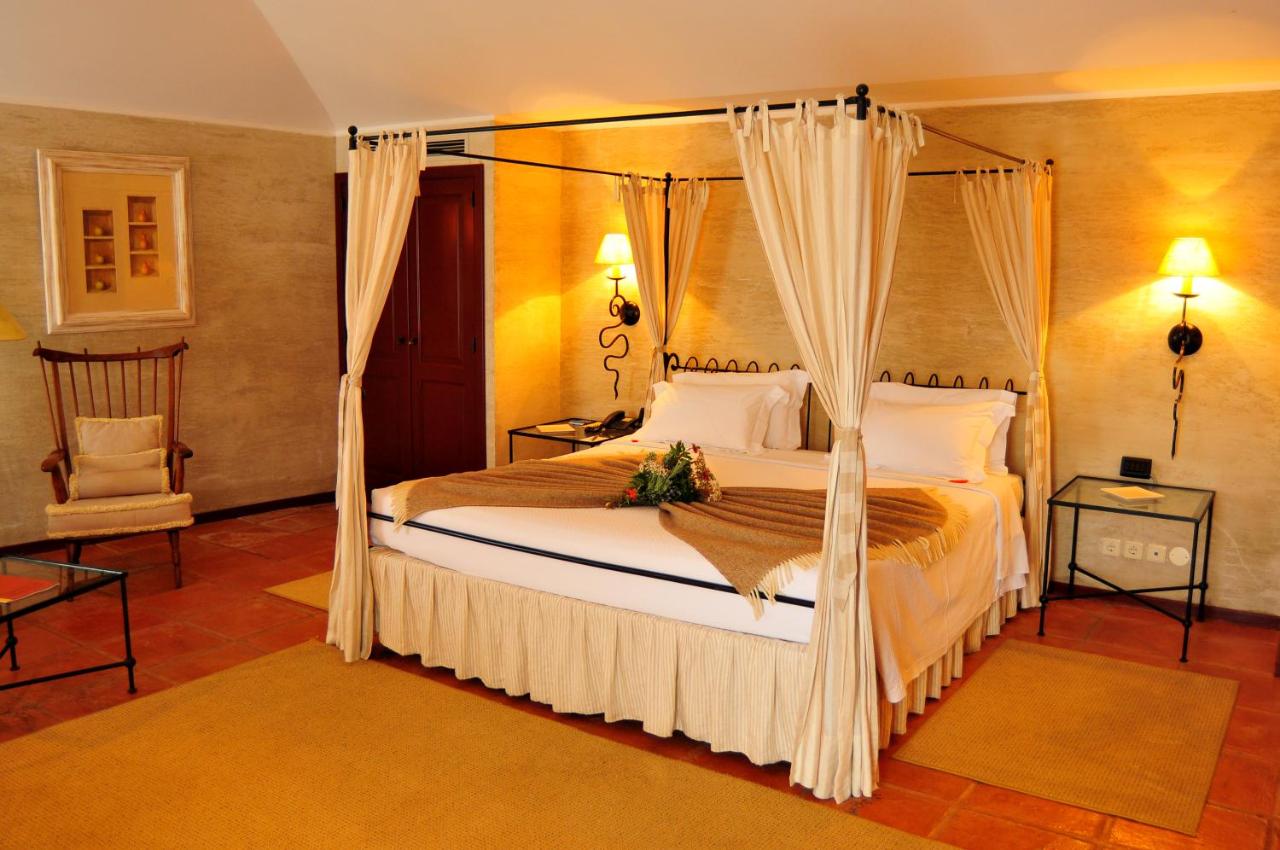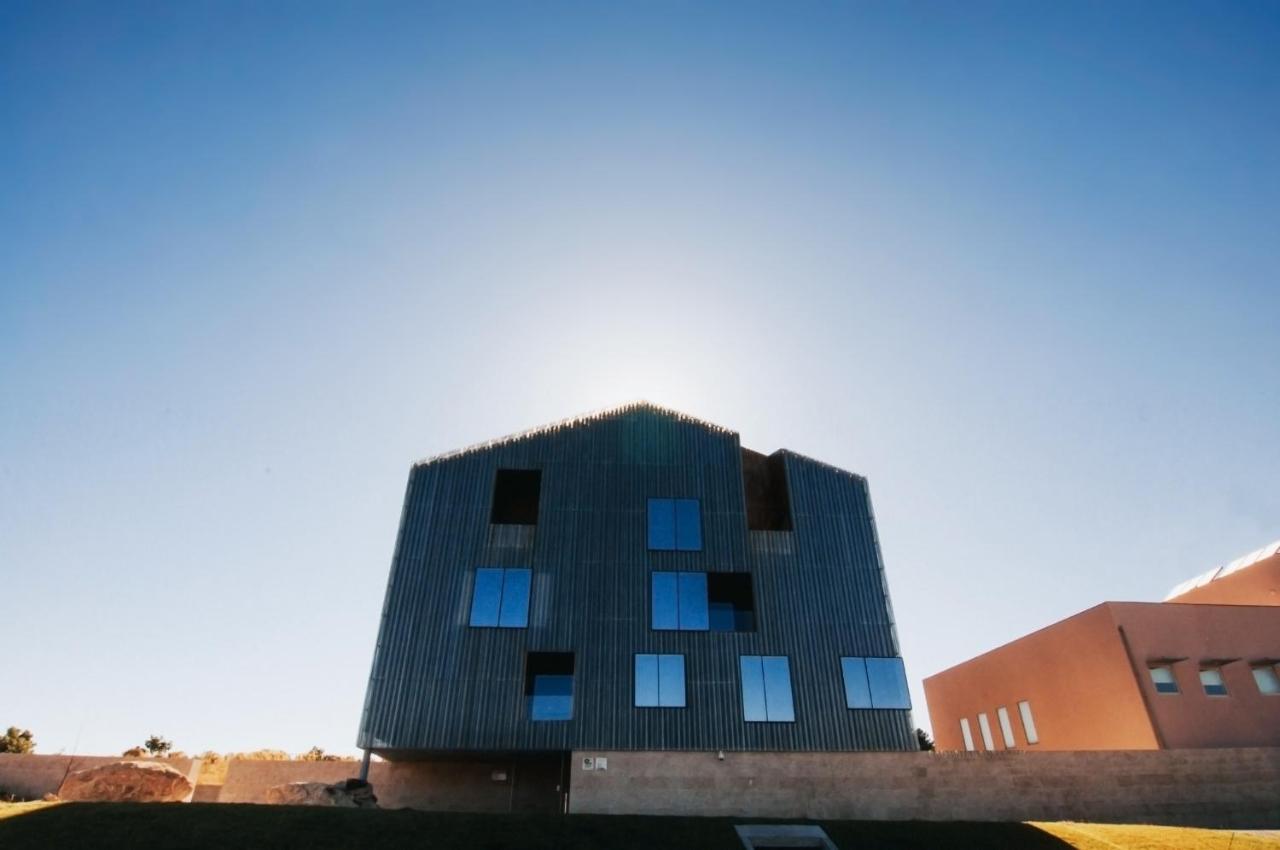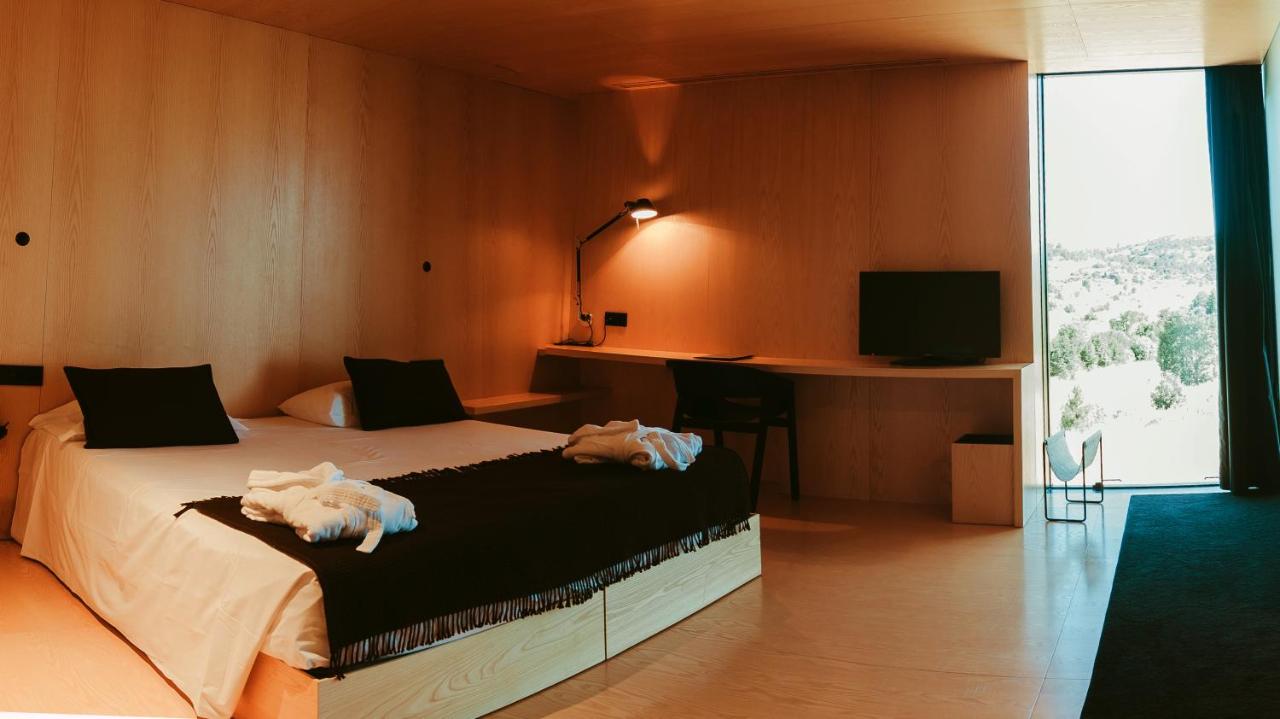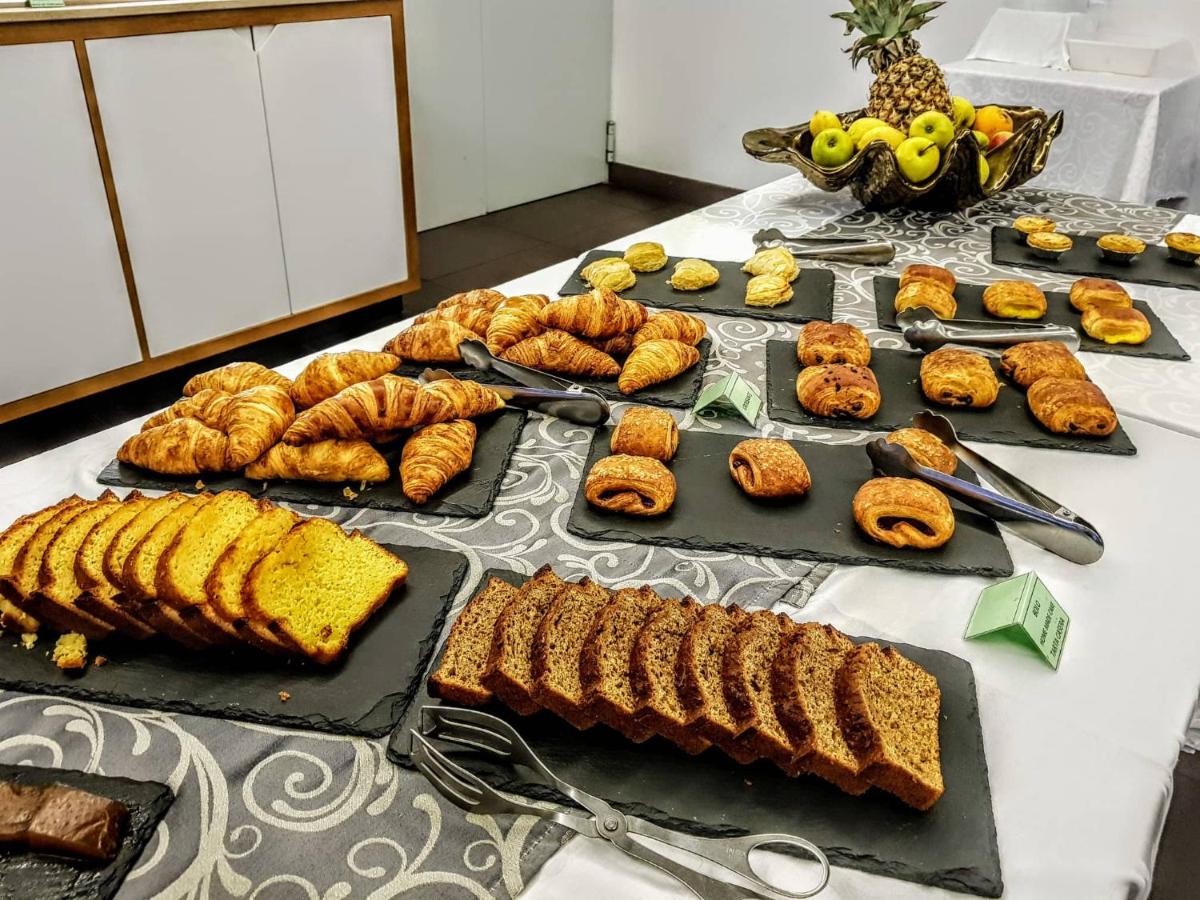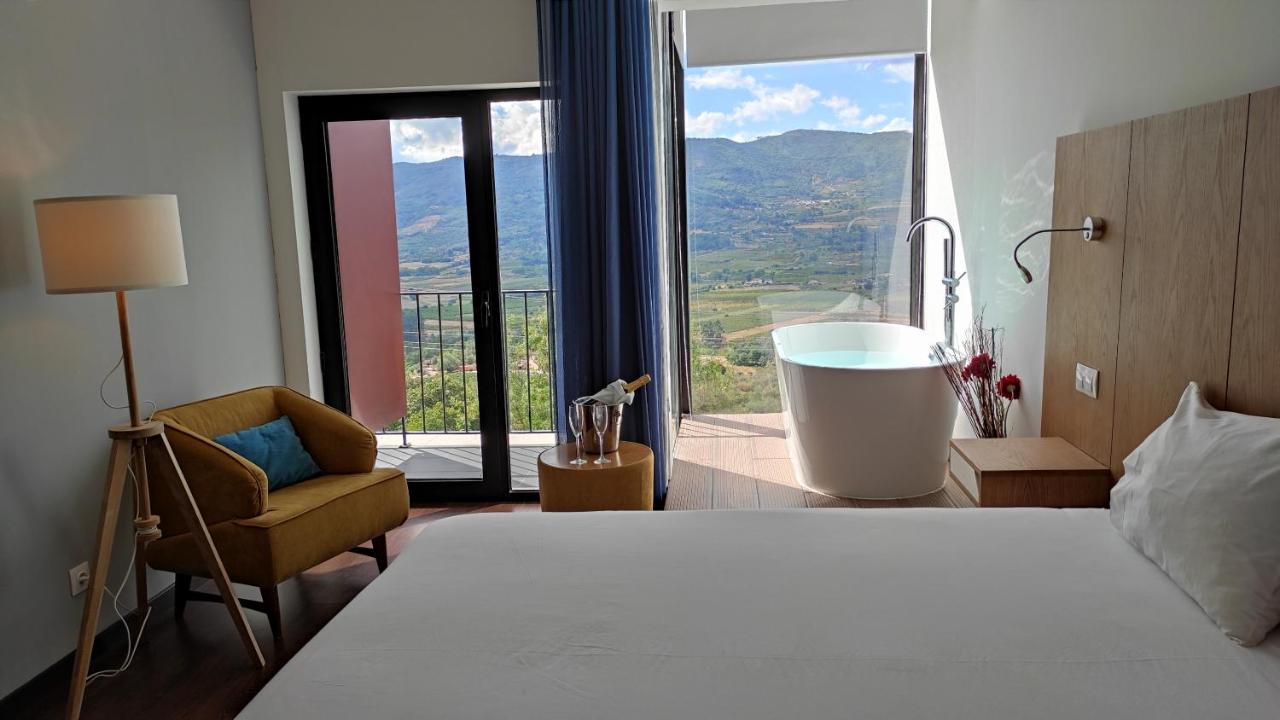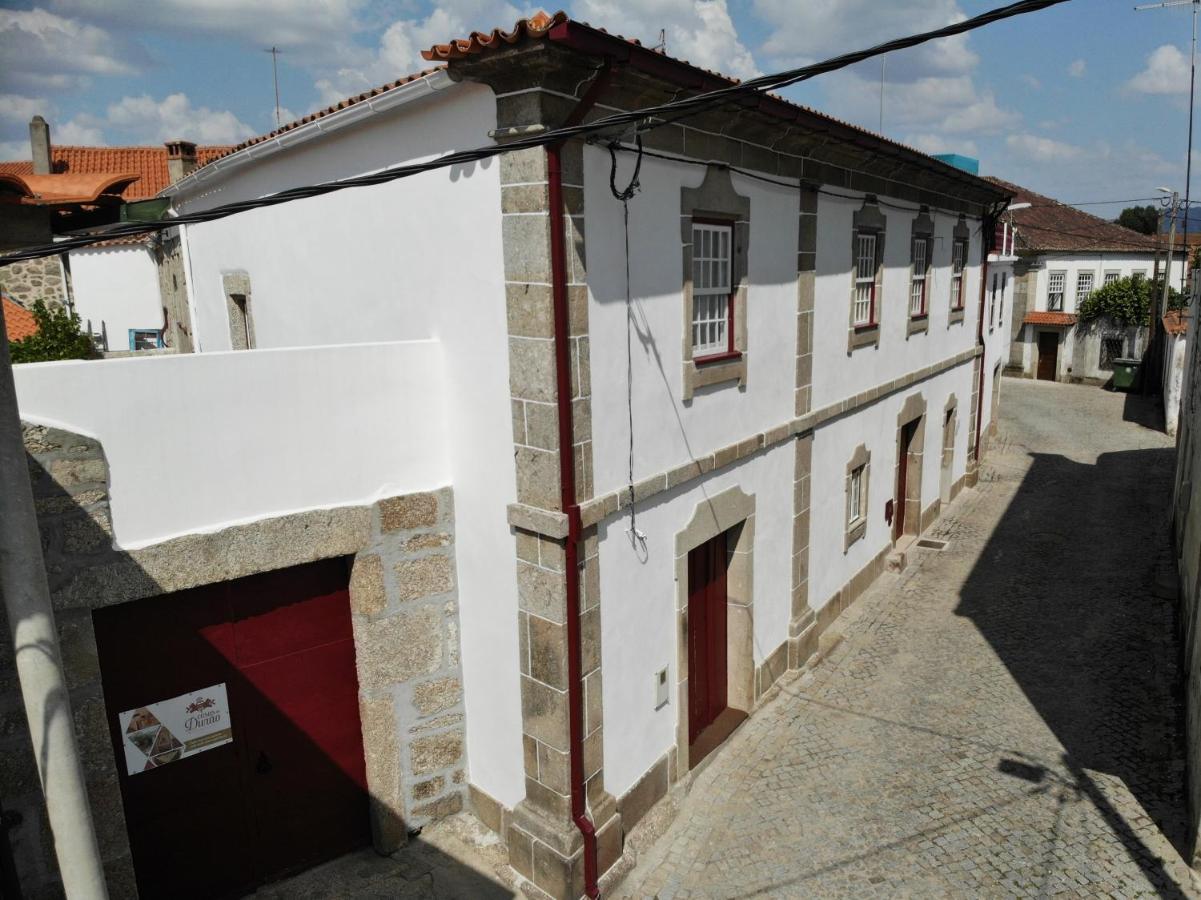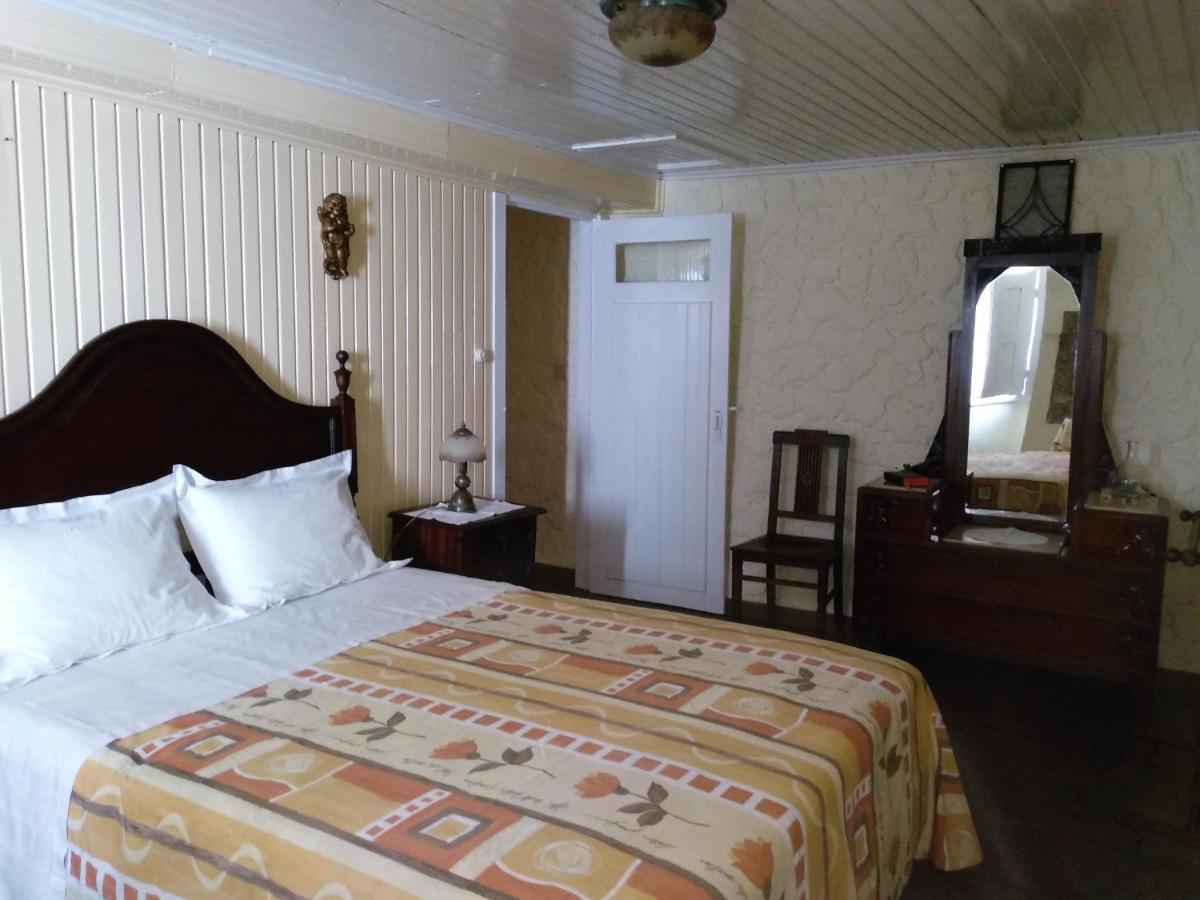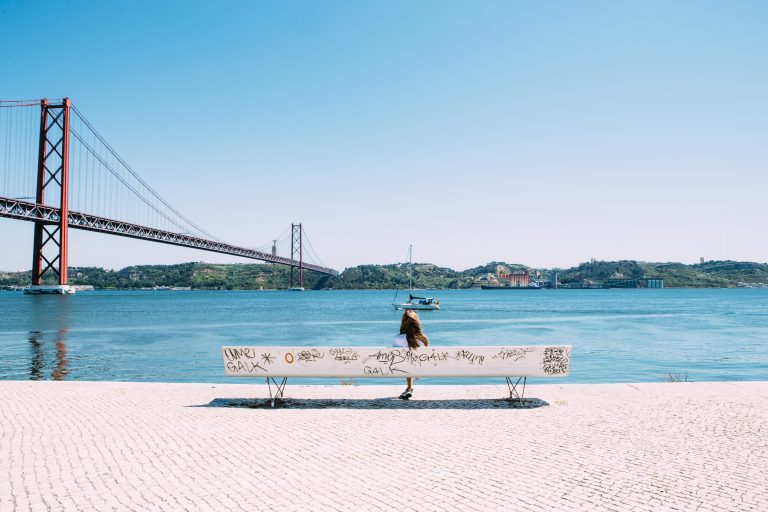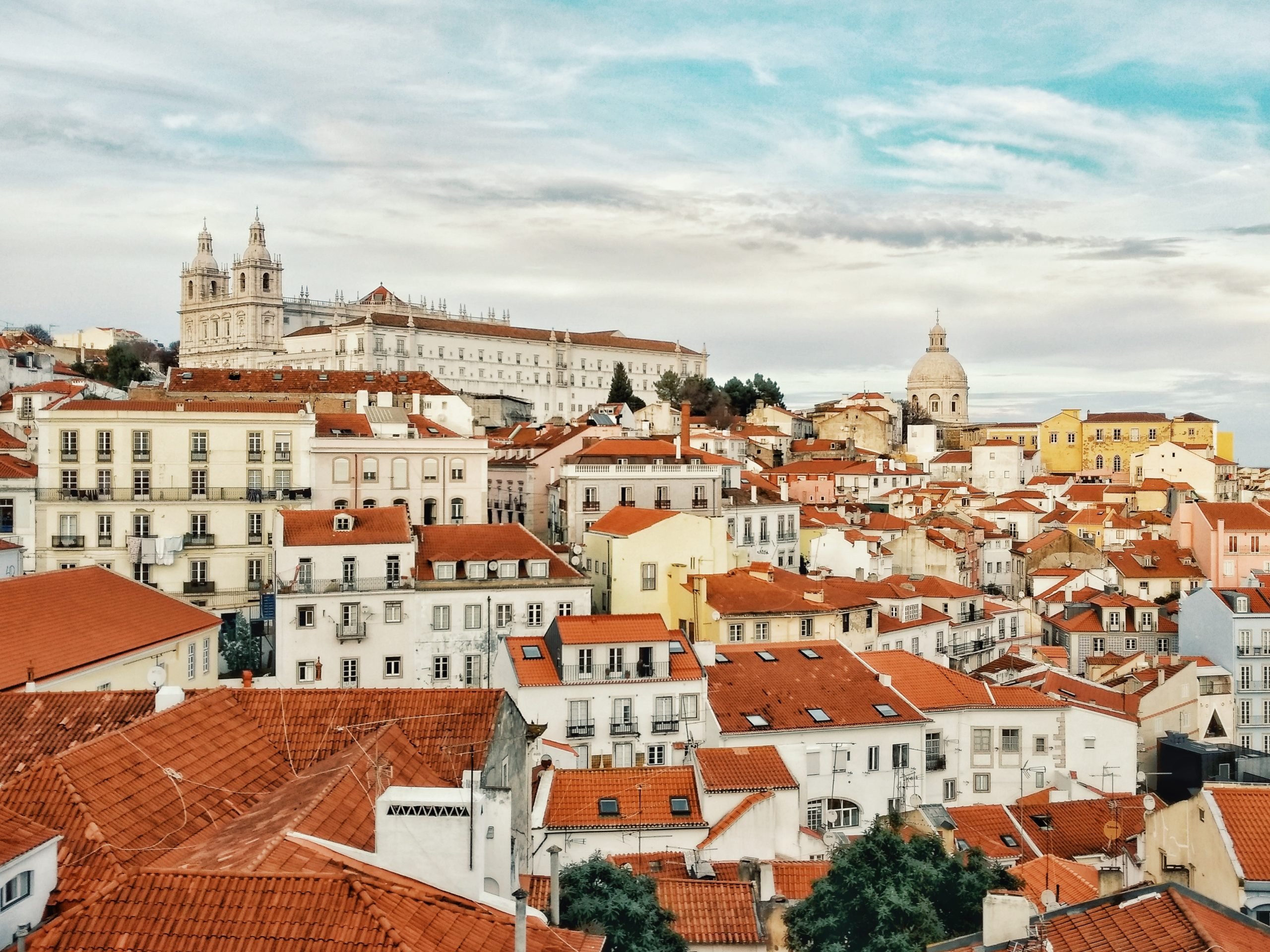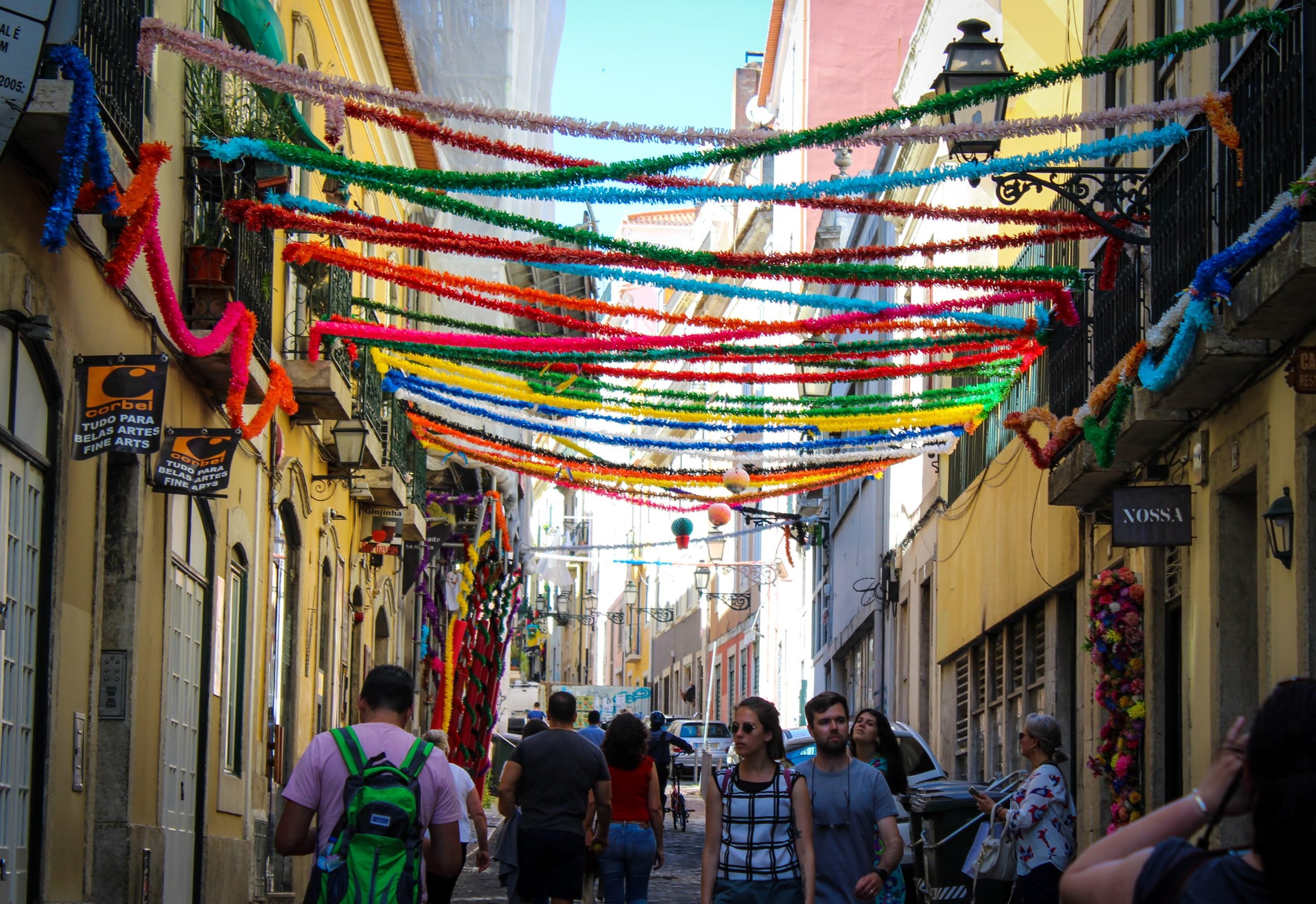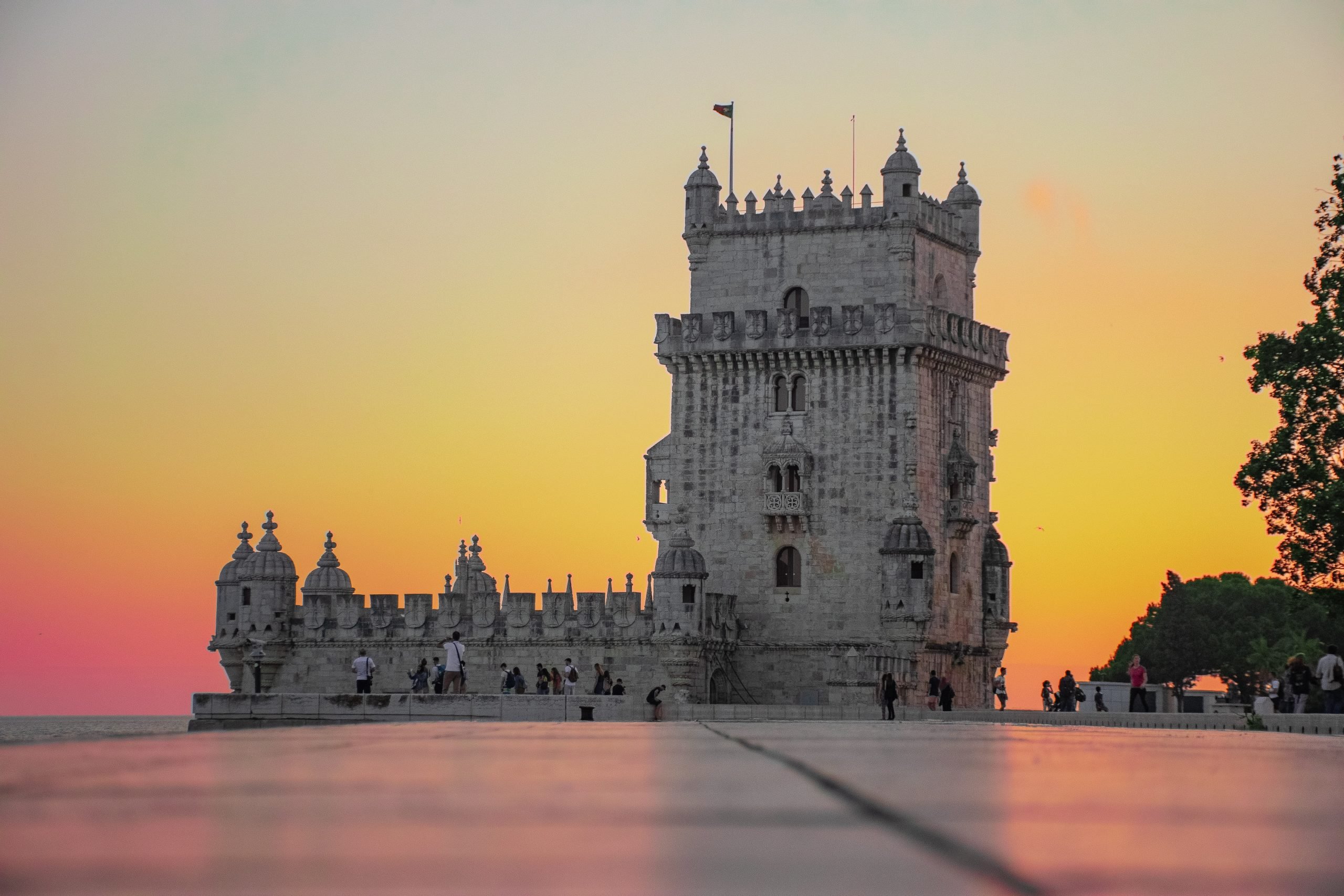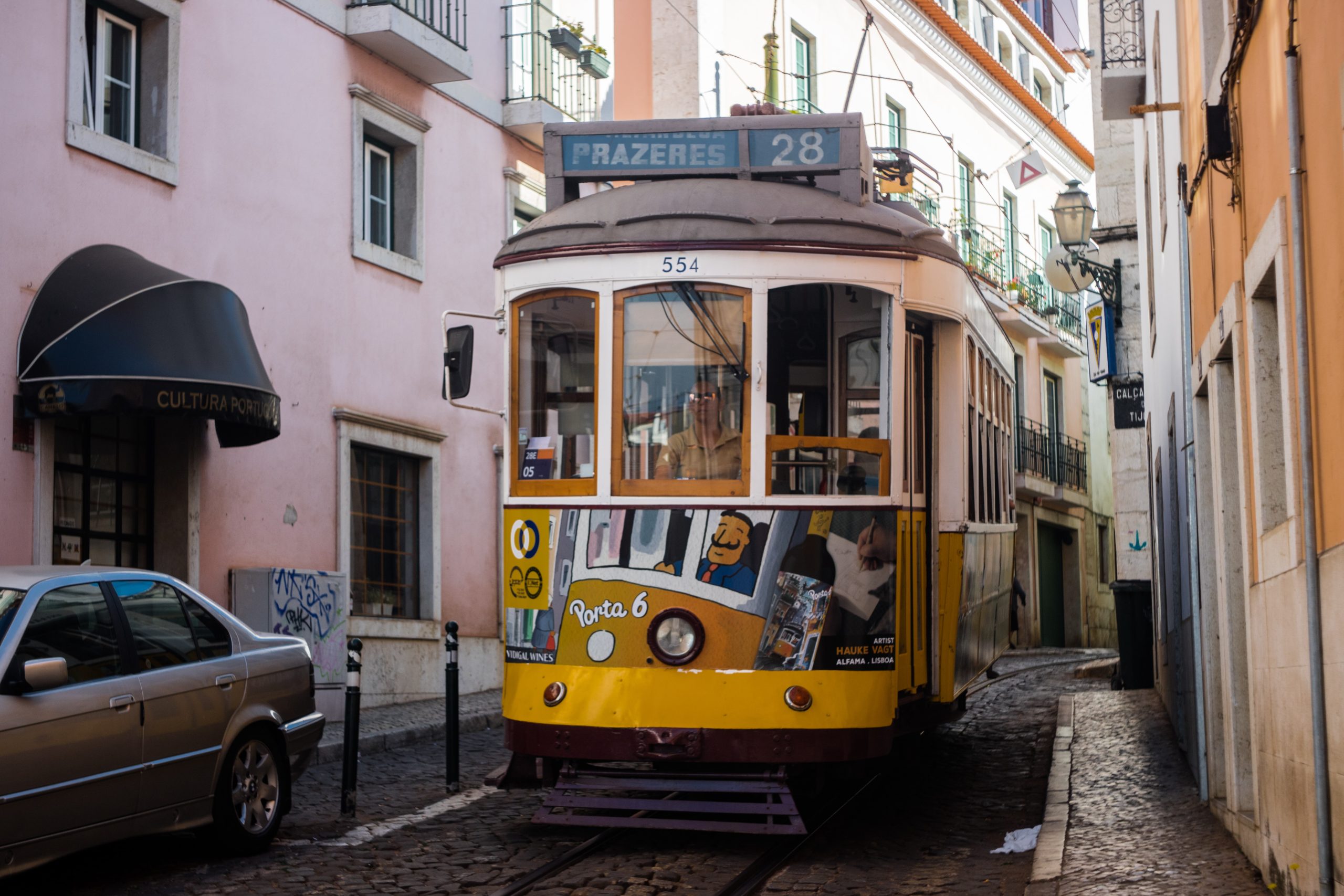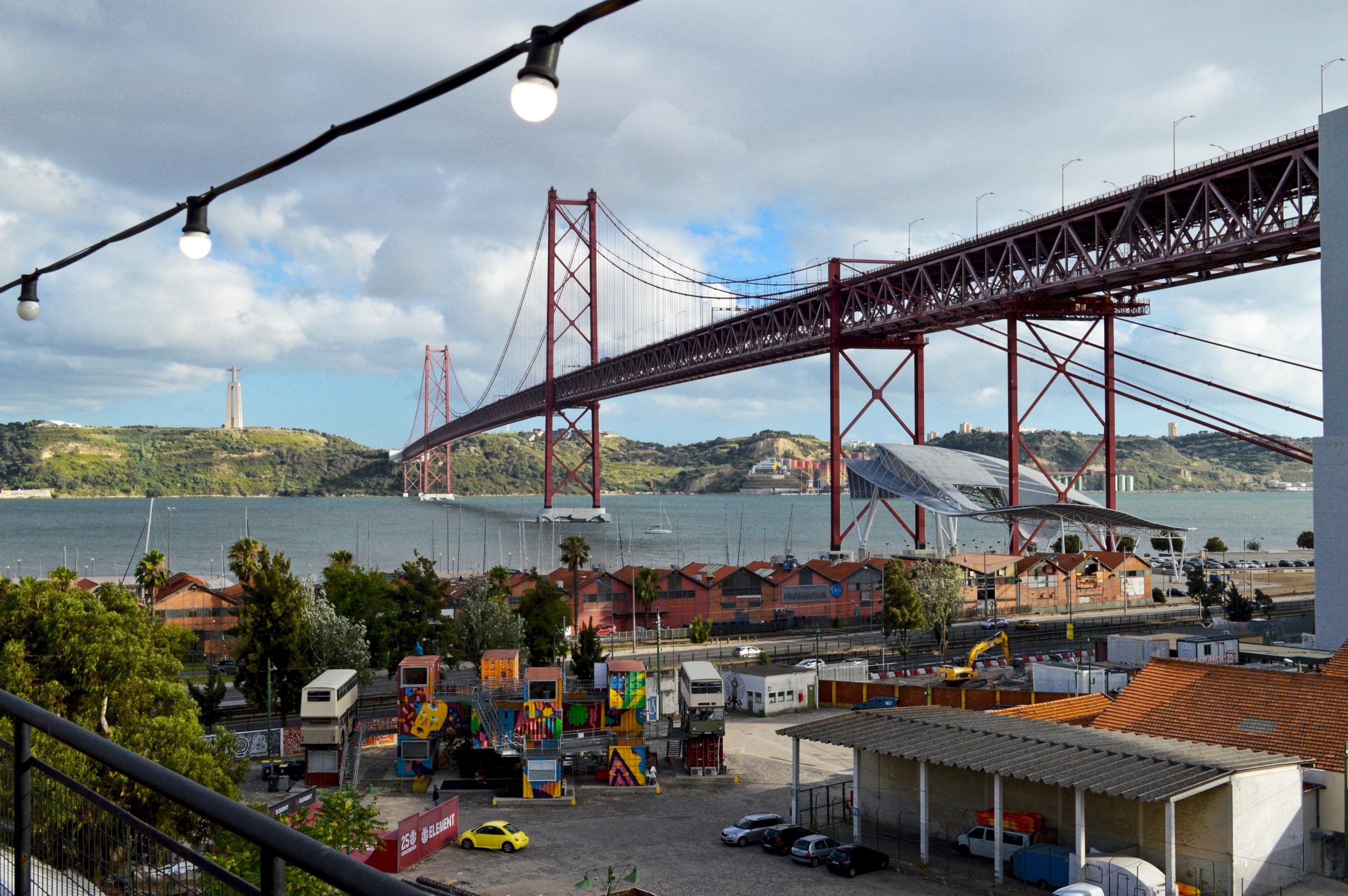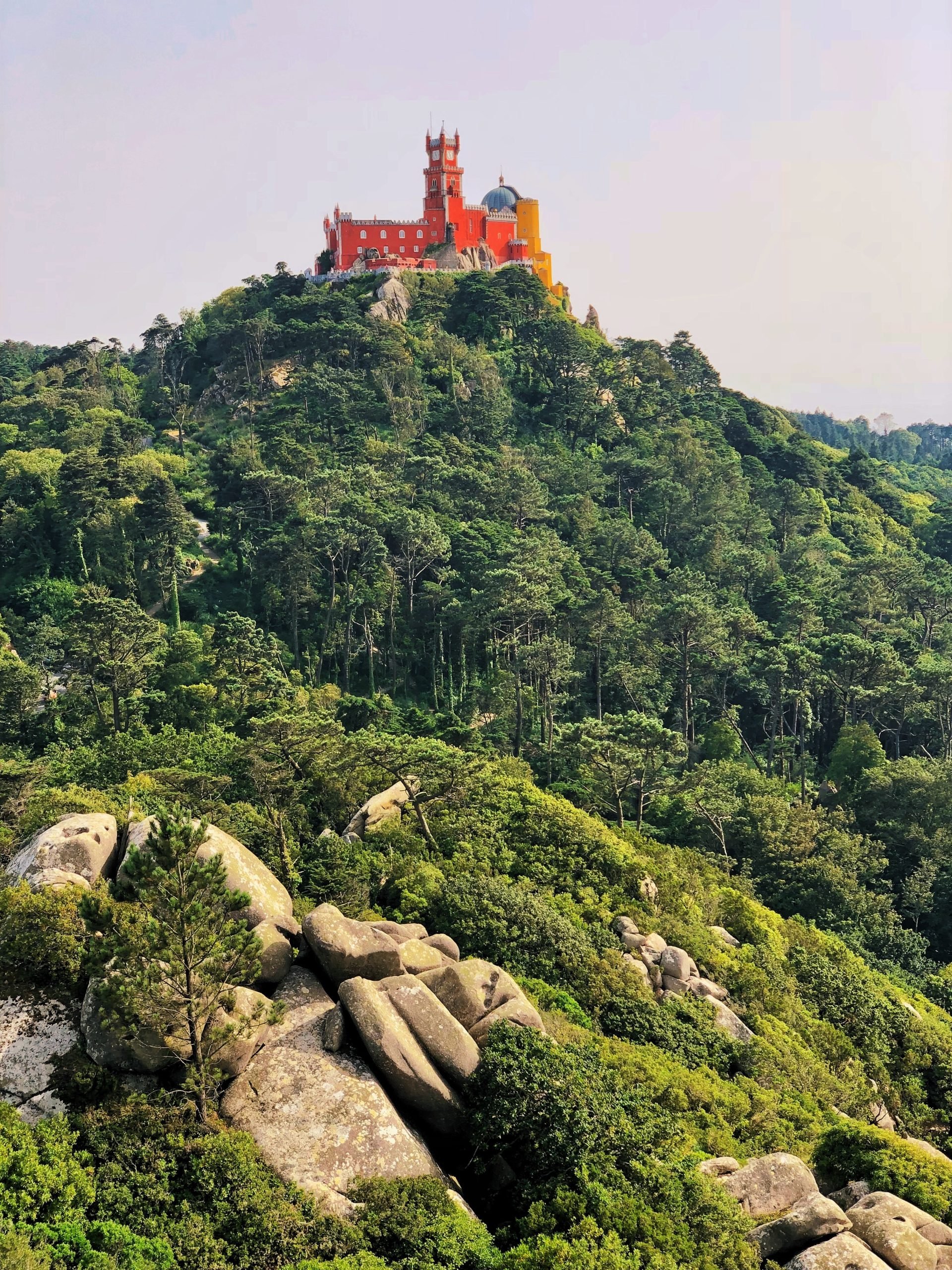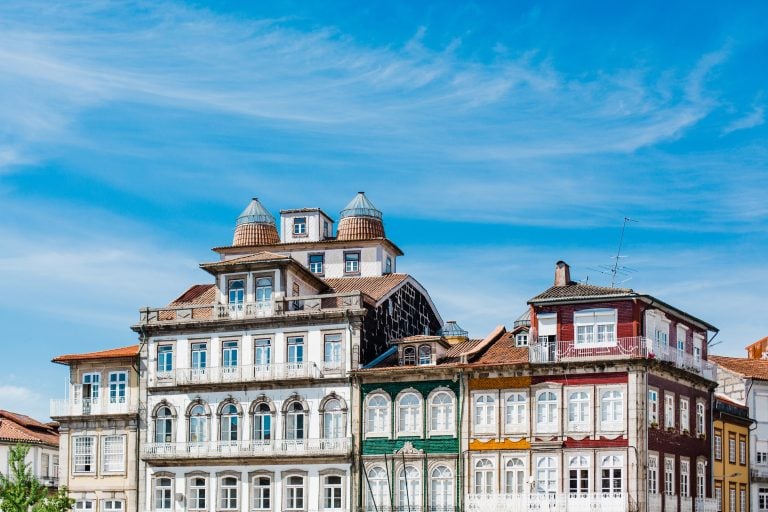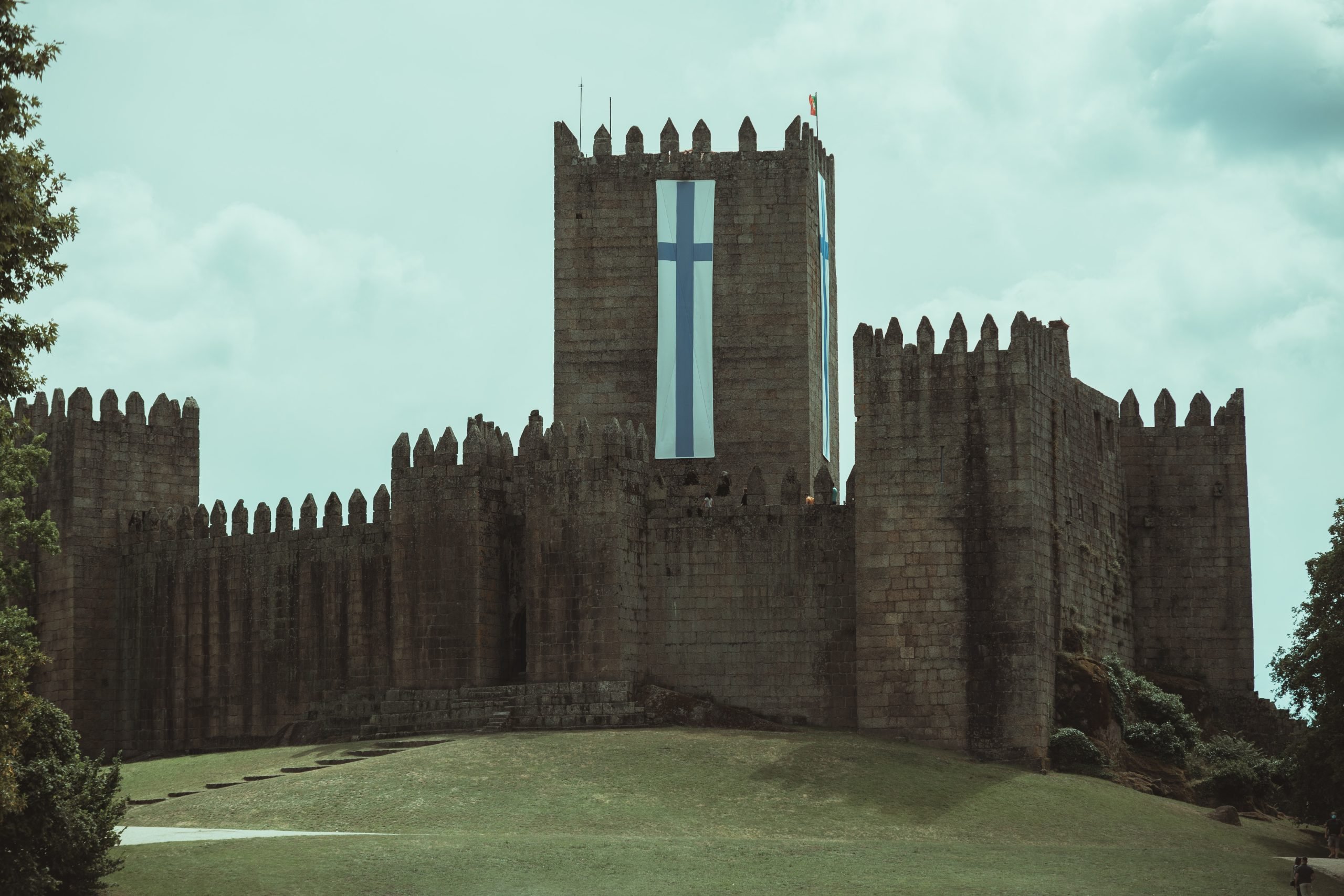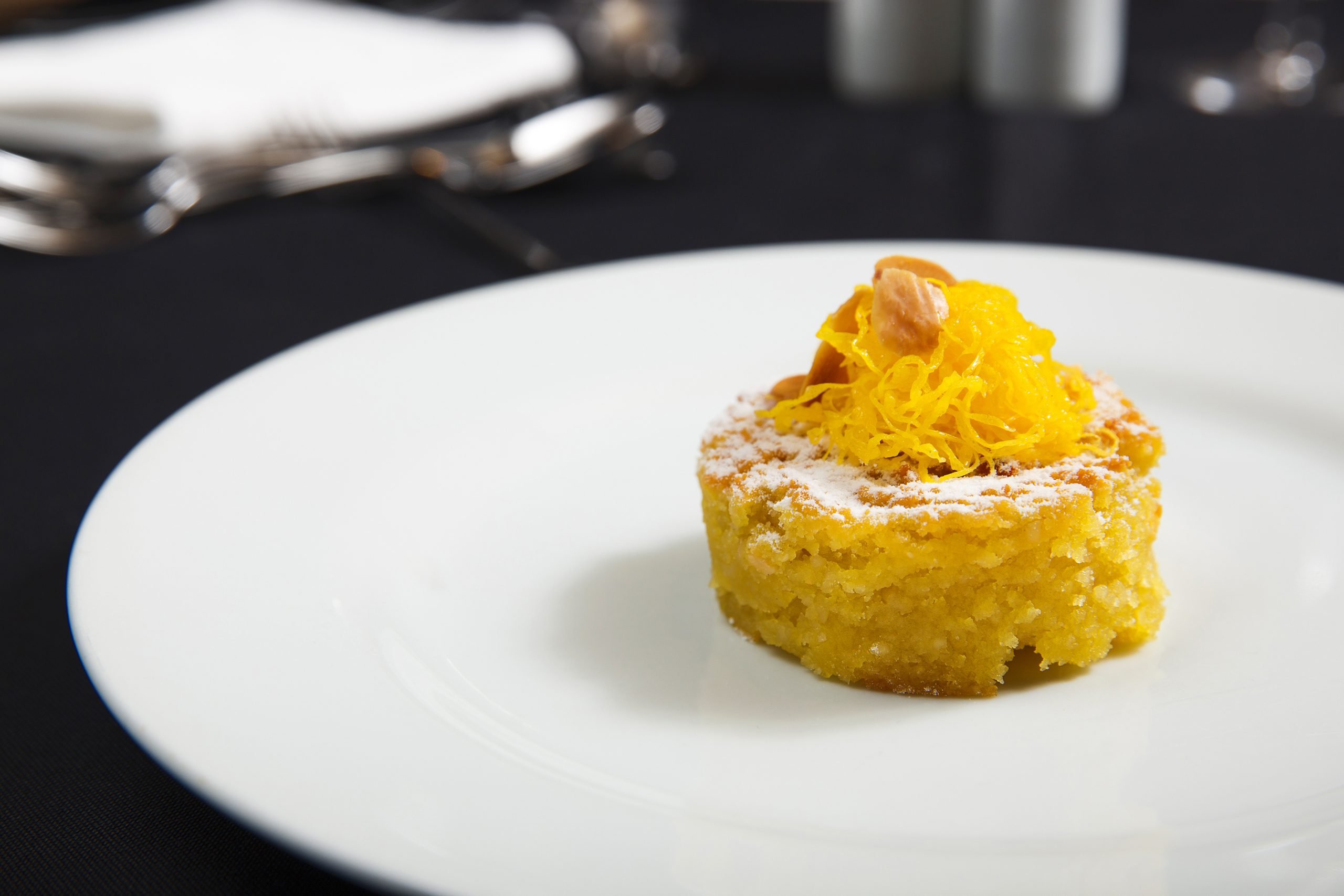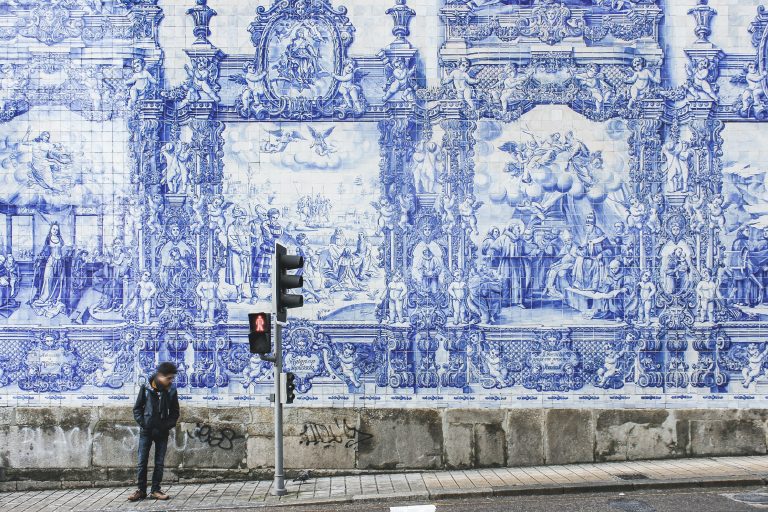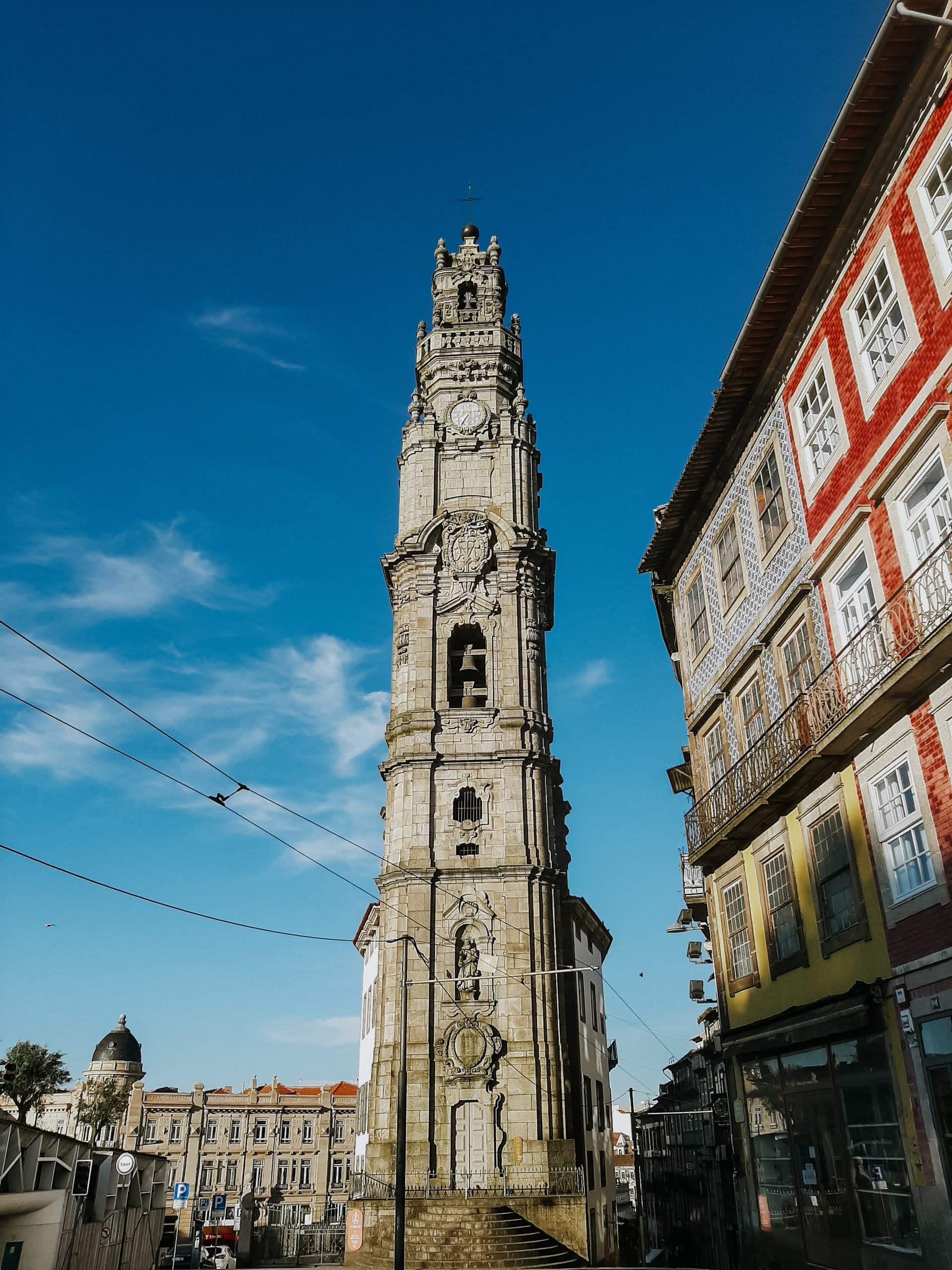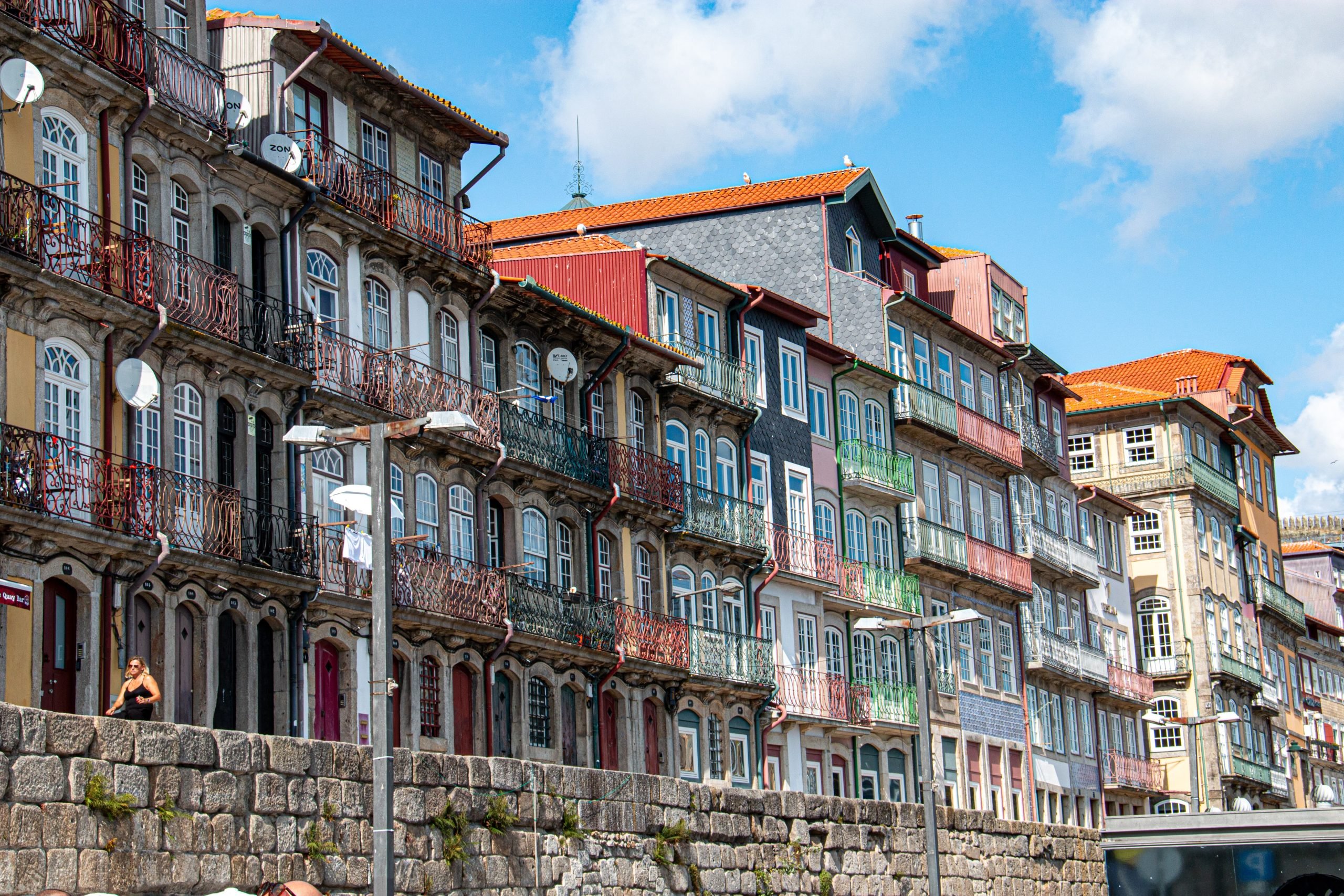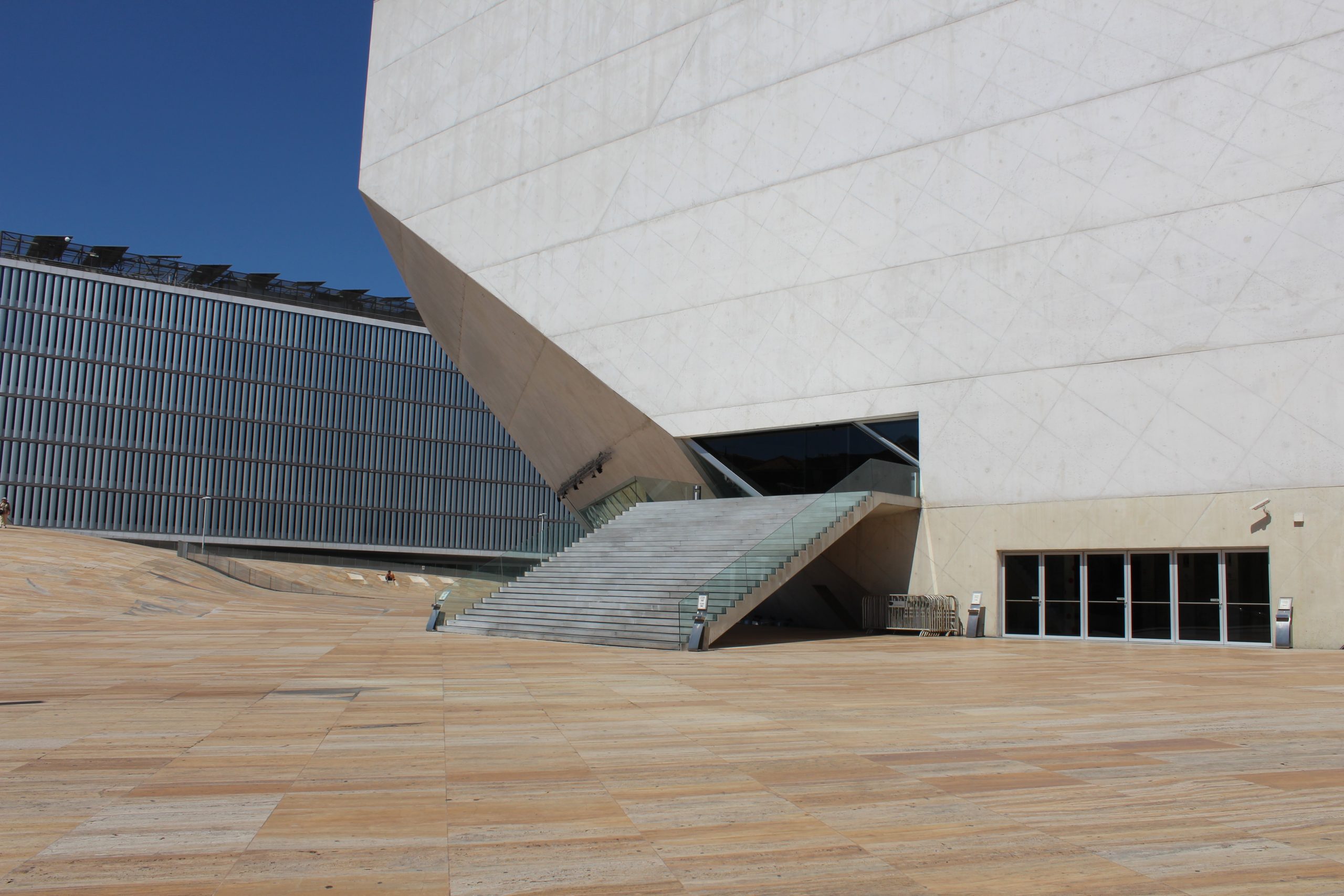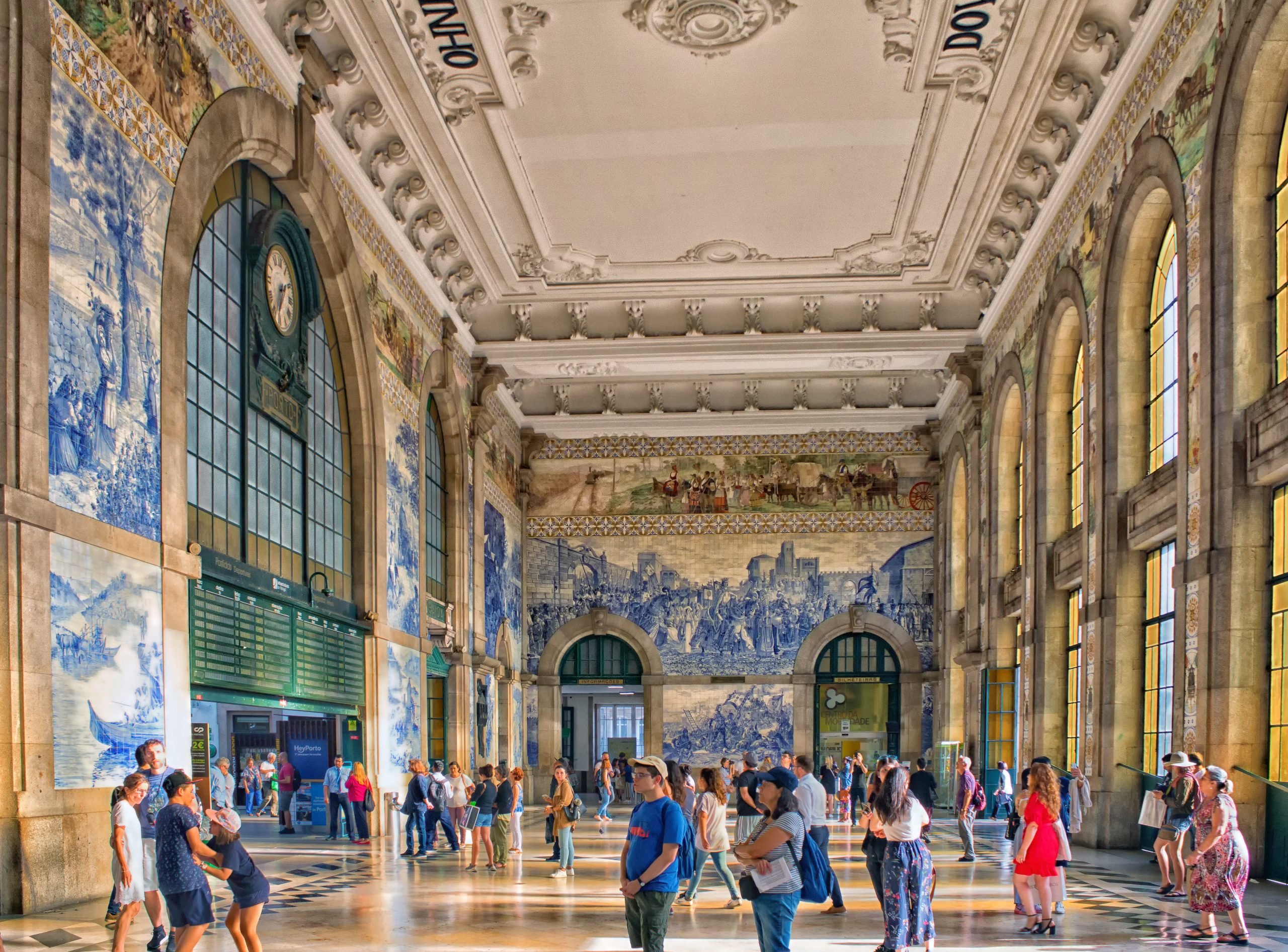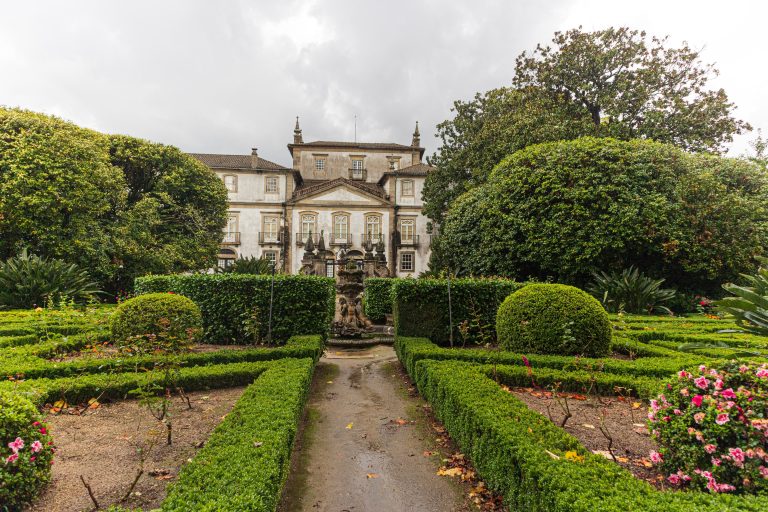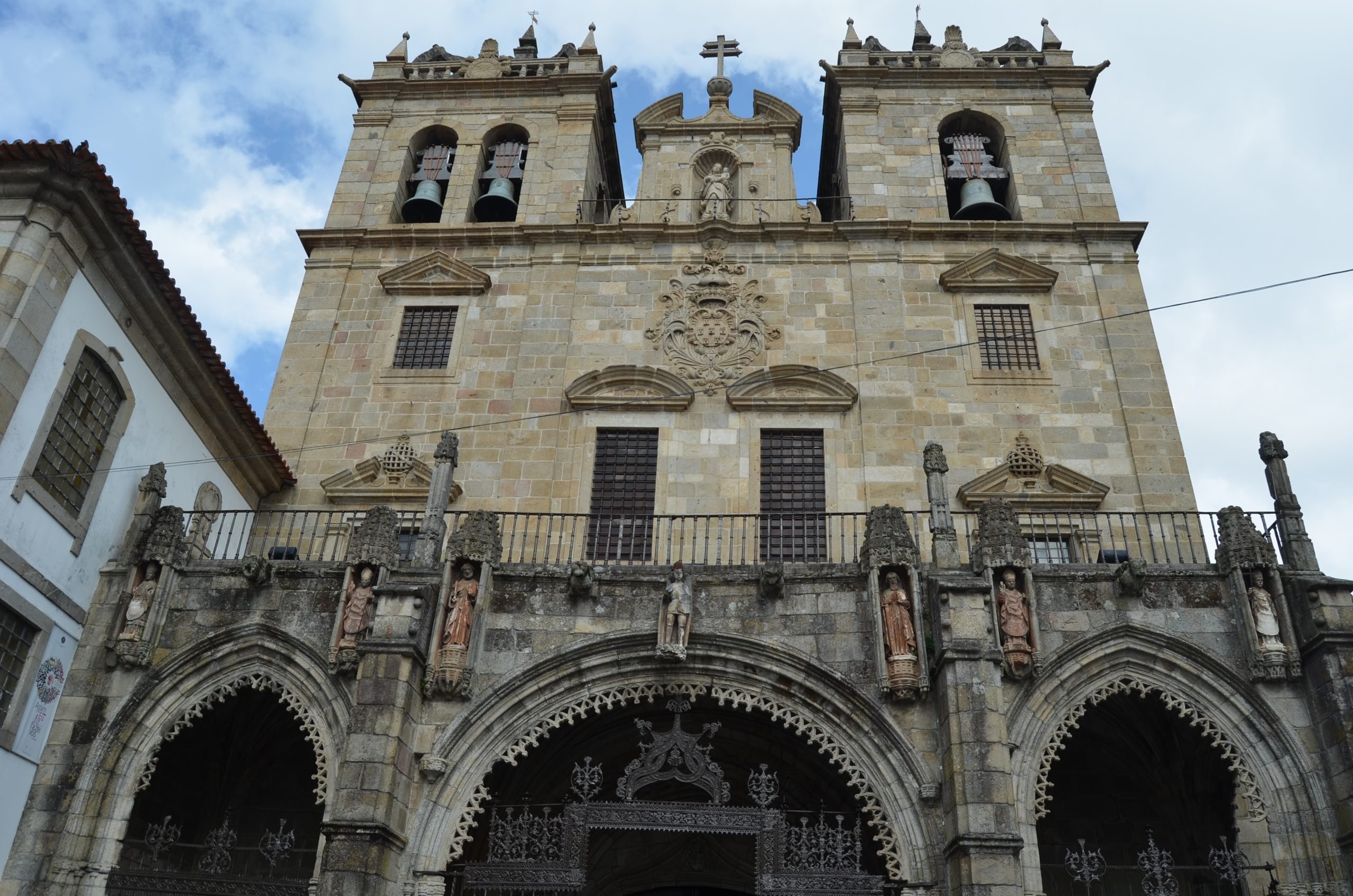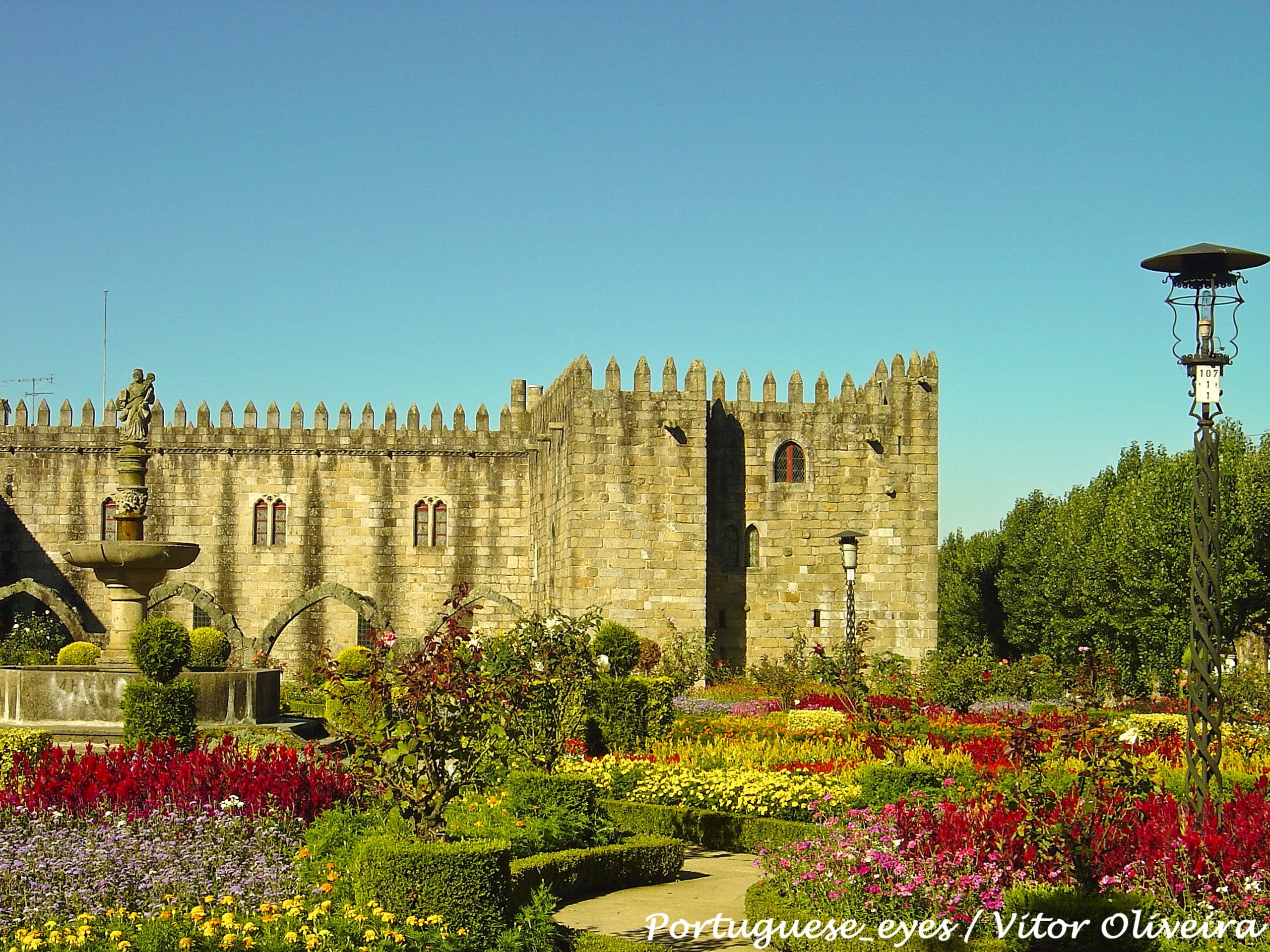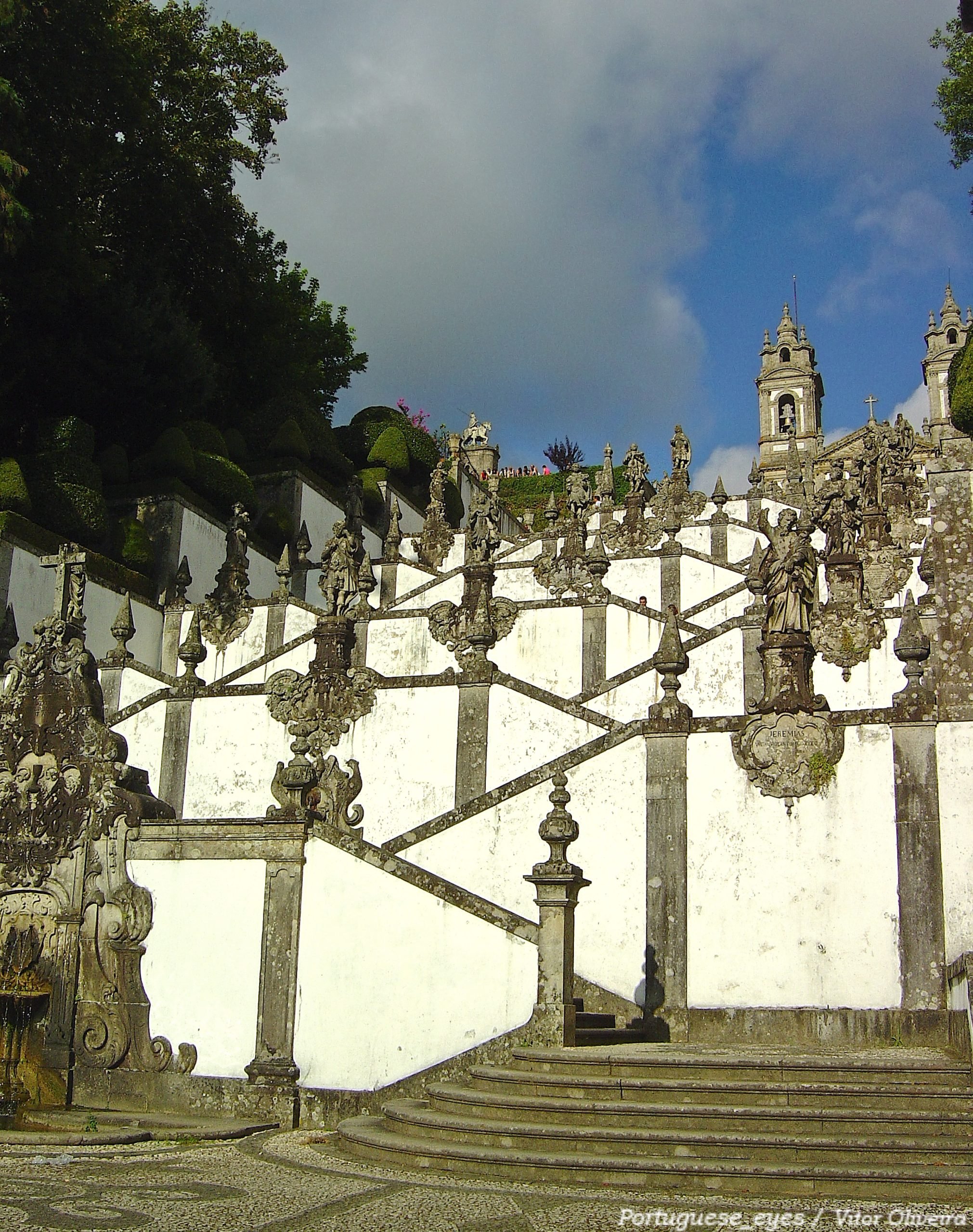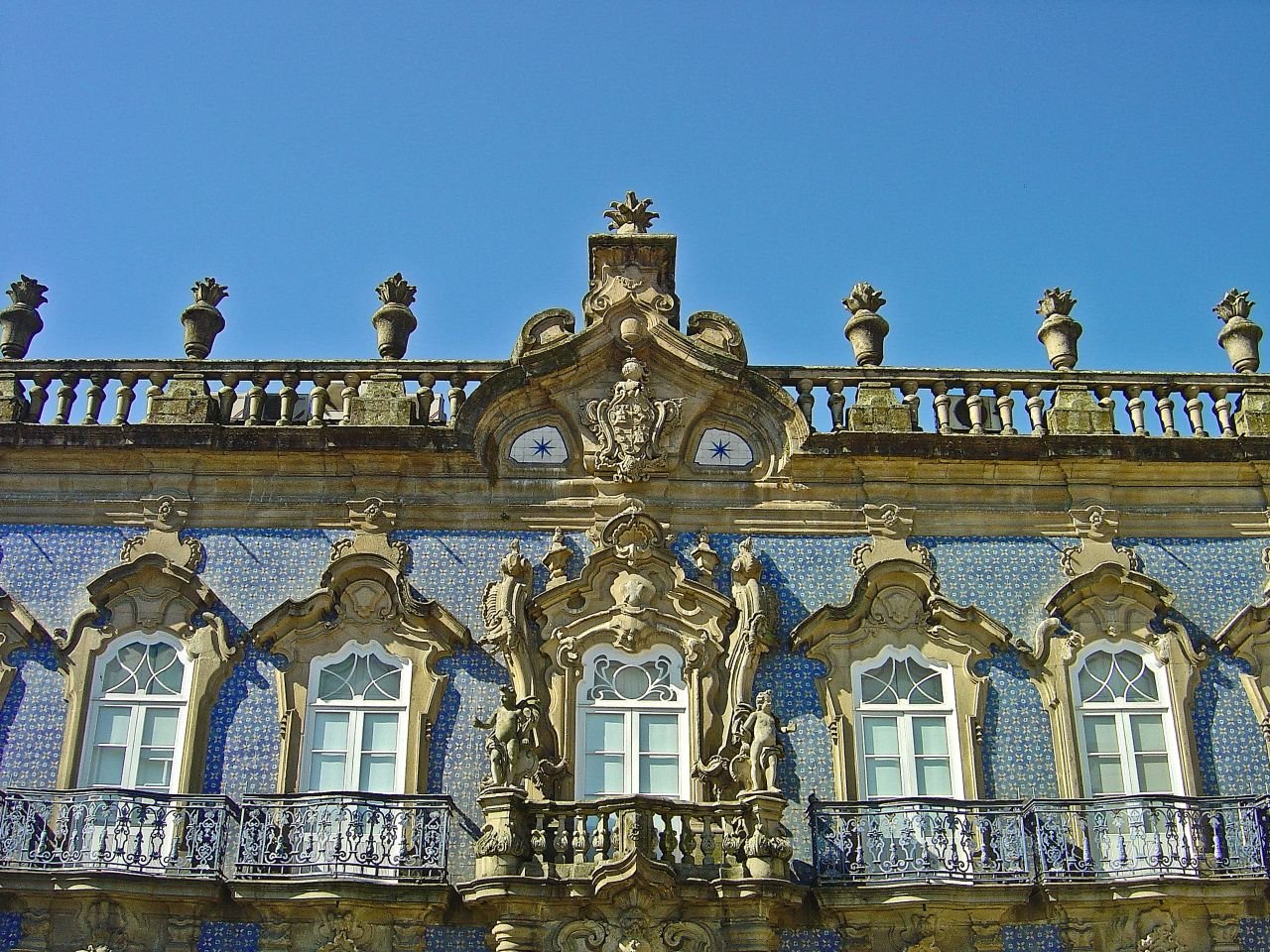Coimbra is a charming and historic city located in central Portugal. Known for its picturesque streets and rich cultural heritage, Coimbra is a popular tourist destination all year round.
However, there’s something truly special about exploring Coimbra in the spring. With mild temperatures, lush greenery, and blooming flowers all around, Coimbra in spring is a sight to be seen.
Whether you’re a first-time visitor or a regular traveler, there are plenty of things to see and do in Coimbra in the spring. From wandering through the city’s historic streets to exploring its many museums and cultural landmarks, there’s something for everyone in this vibrant and bustling city.
Let’s take a closer look at some of the best things to do and see in Coimbra in the spring, so you can make the most of your trip to this beautiful destination.
Coimbra Spring Weather
Spring, which lasts from March to May, is an excellent time to visit Coimbra as the weather is comfortable and pleasant. At the beginning of spring, the weather is still relatively cool, but it gradually warms up towards the end of the season.
In March, the average temperature is around 13°C (55°F) and gradually rises to around 20°C (68°F) in May. The evenings in spring can still be chilly, so definitely pack a light jacket.
5 Best Things to Do in Coimbra in Spring
1. Stroll through the Coimbra Botanical Garden
What best place to enjoy Spring than at the Coimbra Botanical Garden? This university garden is known for its extensive collection of plants from all over the world, as well as its beautiful scenery. The best part – its free to visit.
As the weather warms up, the garden comes to life with a riot of color and fragrance, with blooming flowers and trees. Take a walk through the garden’s paths and admire the stunning displays of flora.
You will be able to see a wide variety of flowers and other plants that may not be visible at other times of the year. The garden’s collection includes many rare and exotic species, making it a fascinating destination for botany enthusiasts and nature lovers.
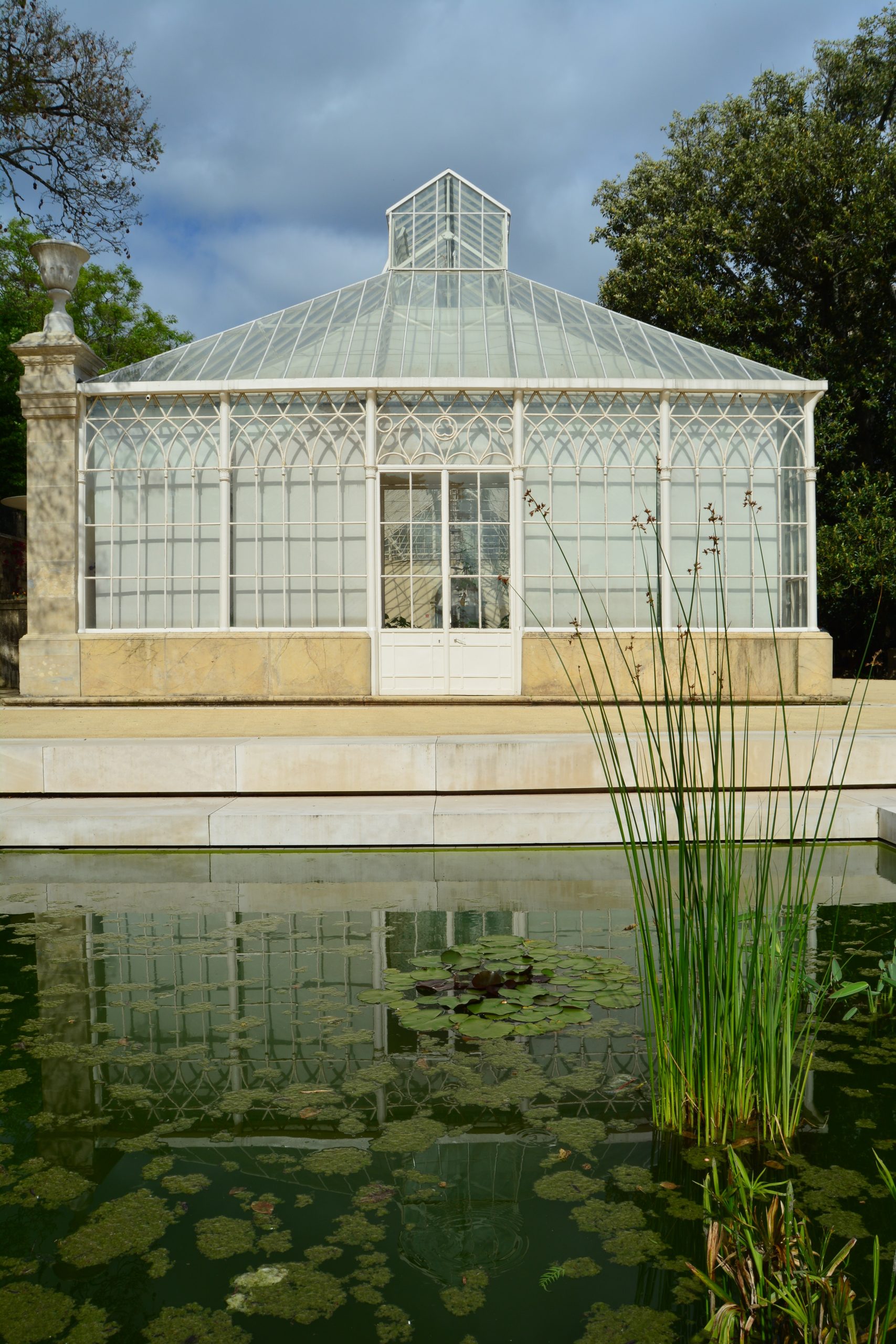
2. Discover the University of Coimbra
The University of Coimbra is one of the oldest universities in Europe and is known for its historic architecture. Visiting the university in spring can be a particularly enjoyable experience, as the weather is mild and pleasant, and the campus is often decorated with blooming flowers and greenery.
The university is set on a hill overlooking the city of Coimbra and the Mondego River. This backdrop makes for stunning views in spring when the trees and flowers are in bloom. We recommend taking a leisurely stroll around the campus and admiring the historic buildings and lovely gardens.
Spring is a busy time for the university, with students preparing for final exams and professors giving lectures and seminars. This creates a lively and engaging atmosphere that visitors can experience firsthand.
There are also loads of events during Spring, such as concerts and theater performed by students and faculty.
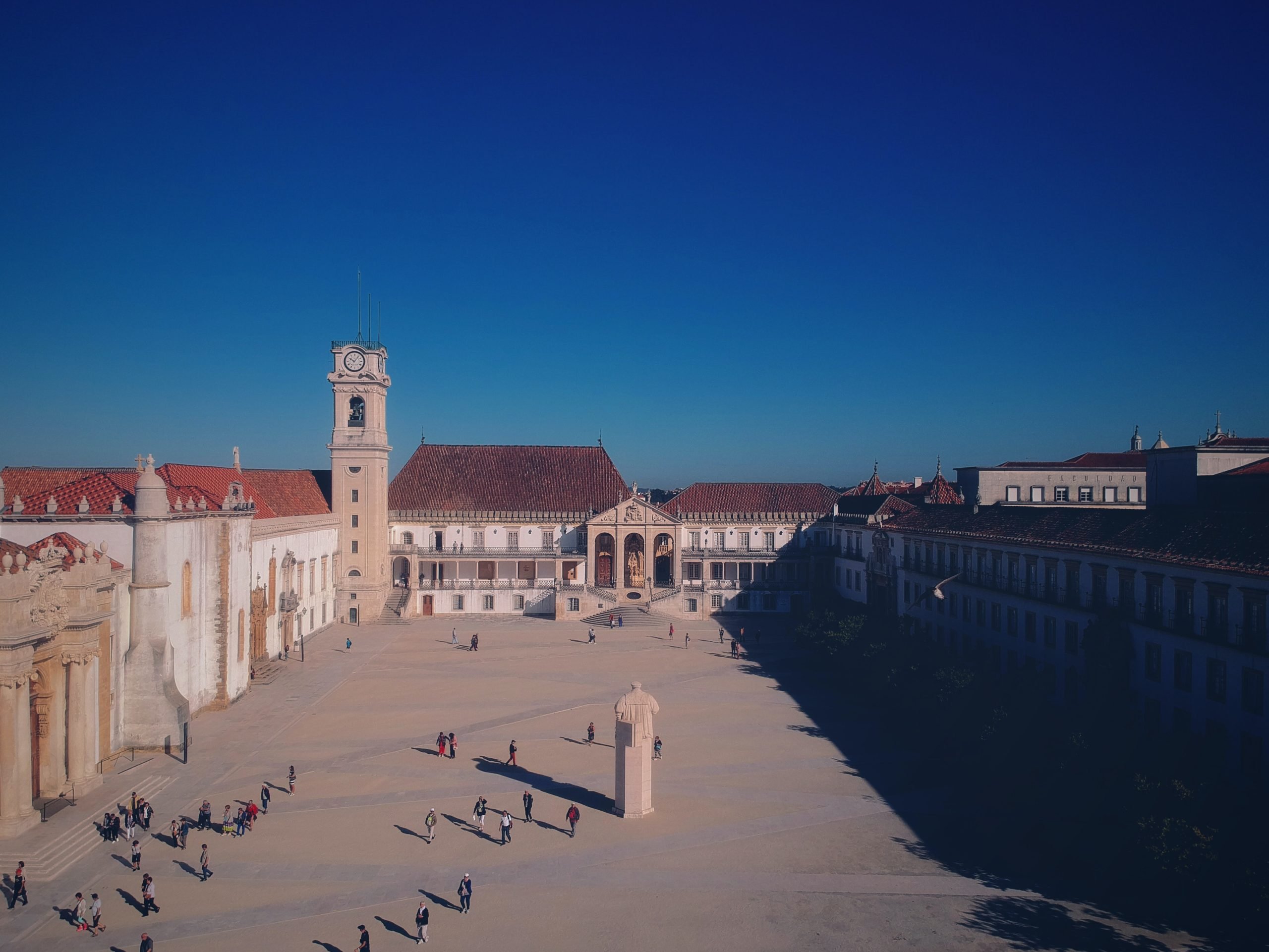
Book University of Coimbra Tour
3. Explore the Old City
Coimbra’s Old City is a historic district that comes to life during spring. The city’s narrow streets and colorful buildings are made even more delightful by the mild weather and blooming flowers.
The Old City is home to many historic buildings, including the 12th-century Romanesque cathedral, the medieval Santa Cruz Monastery, and the stunning Biblioteca Joanina, a baroque library with gilded ceilings and intricate carvings.
In spring, the facades of these buildings are often adorned with blooming flowers, creating a picturesque and memorable sight.
We recommend discovering the restaurants and bars in the Old City, which in Spring come alive with people eating out on terraces. Coimbra is known for its delicious cuisine, including specialties such as leitão (roast suckling pig) and chanfana (goat stew)
4. Visit the Monastery of Santa Clara-a-Velha
The Monastery of Santa Clara-a-Velha is a fascinating historic site that is particularly enjoyable to visit in spring. This 13th-century monastery, located in Coimbra, Portugal, is known for its beautiful architecture, interesting exhibits, and serene atmosphere.
The monastery also has a number of interesting exhibits, including displays about the history of the monastery and the lives of the nuns who lived there.
You can take a guided tour of the monastery, offered in multiple languages, providing visitors with an opportunity to learn more about the history of the site.
Spring is a great time to explore the monastery’s outdoor spaces, such as its tranquil courtyard and beautiful gardens. There are also multiple outdoor concerts and performances at the monastery in Spring.

5. Take a walk through the magical Quinta das Lágrimas
A beautiful historic estate, Quinta das Lágrimas is particularly enchanting to visit in spring. This 18th-century estate, once the site of a tragic love story, is known for its stunning gardens and charming palace.
In Spring, you must take a walk through the magical gardens on the estate. The gardens are renowned for their beauty and diversity, with a variety of trees, flowers, and other plants that bloom in the spring.
These gardens are the site of the story of the tragic love affair between Pedro and Inês, which took place on the estate in the 14th century.
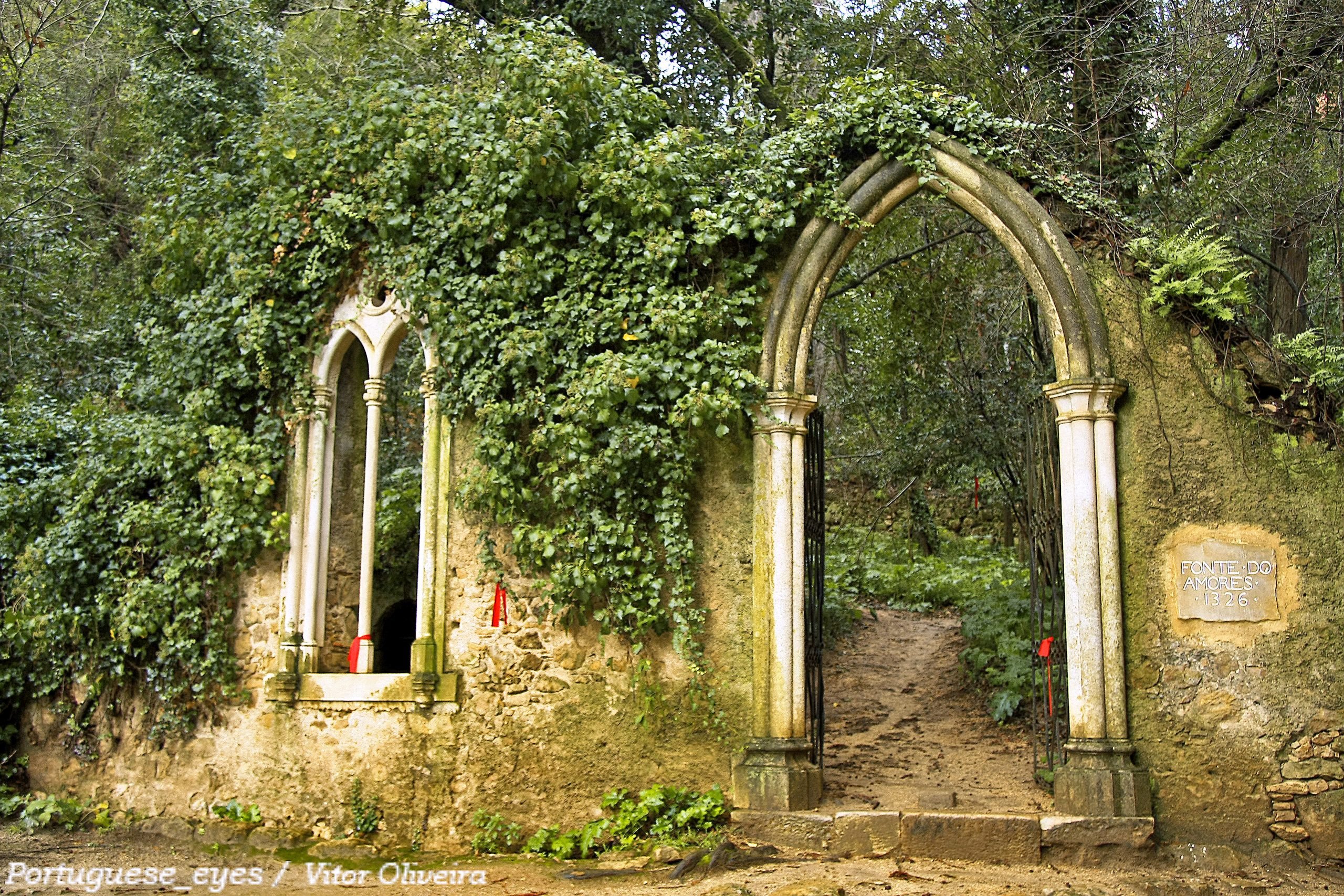
Join our FB group Portugal Travel & Living for all things Portugal and news updates

